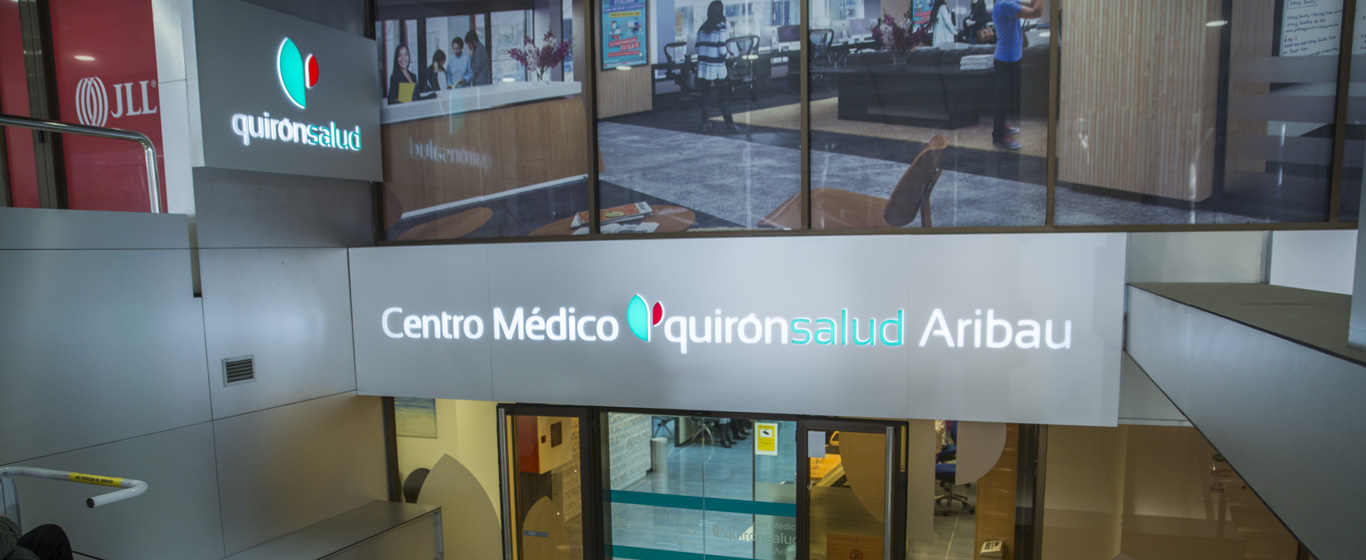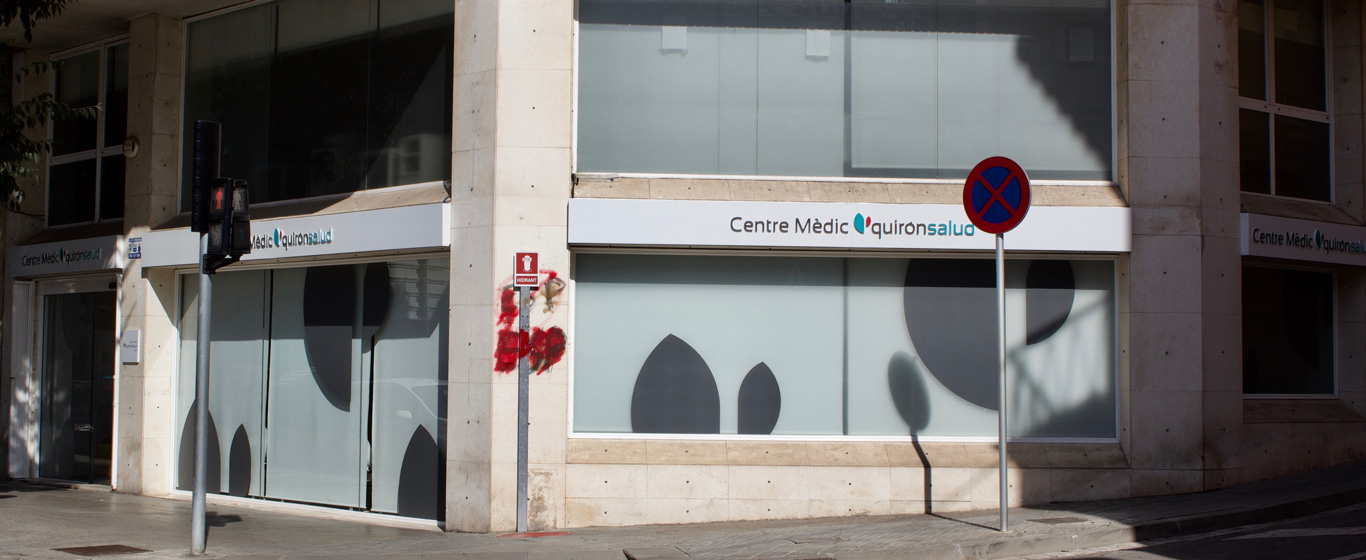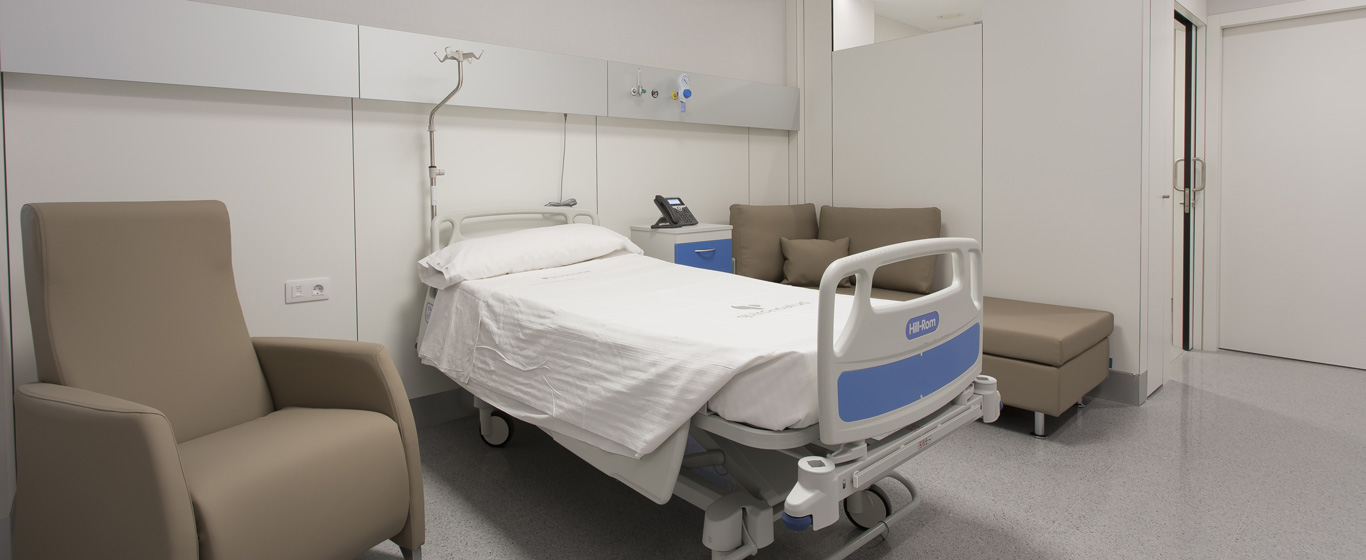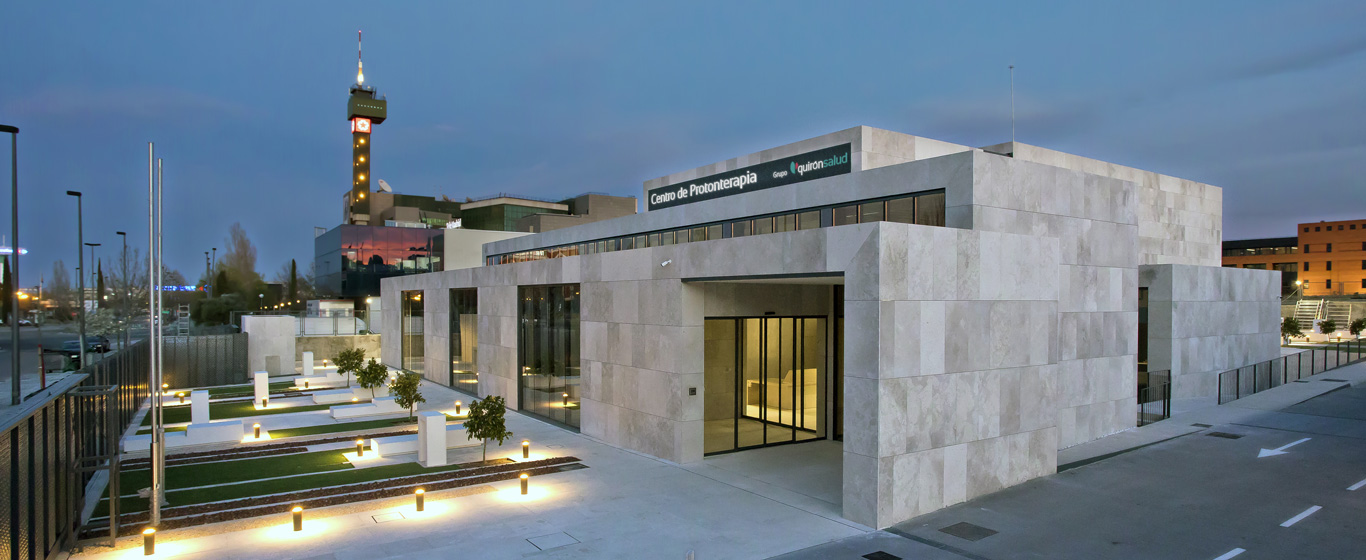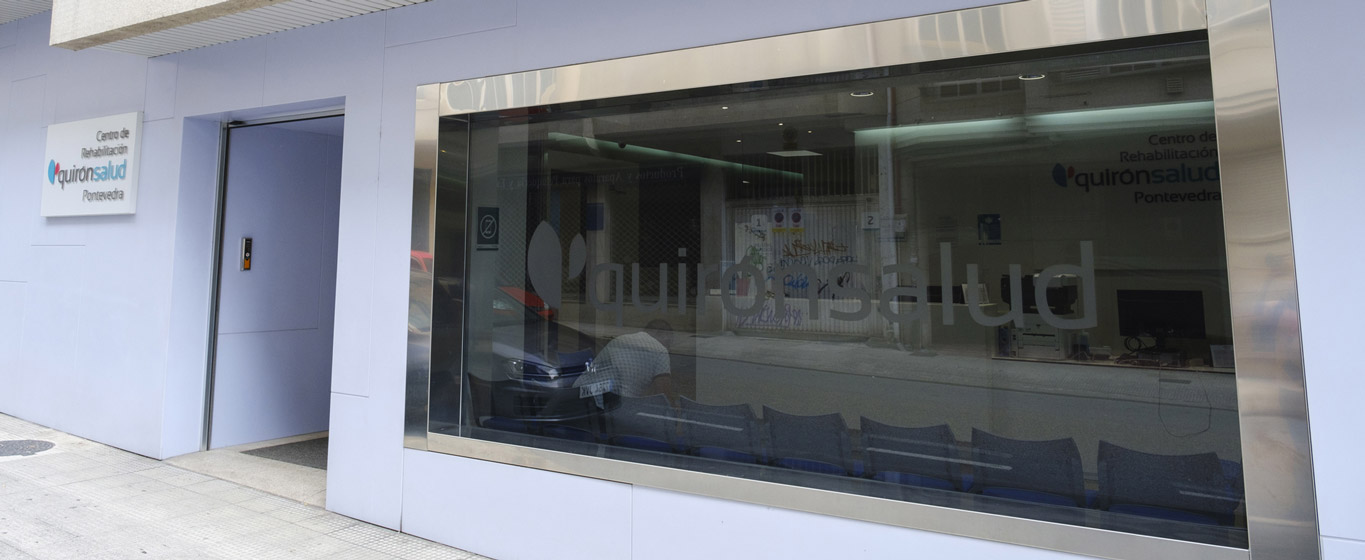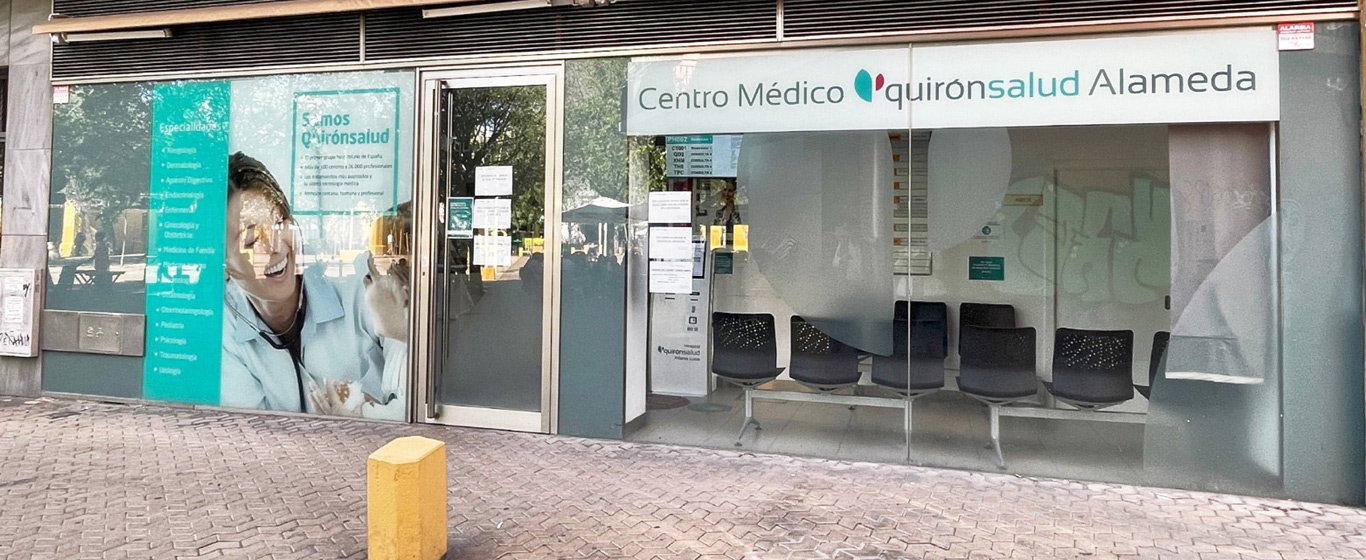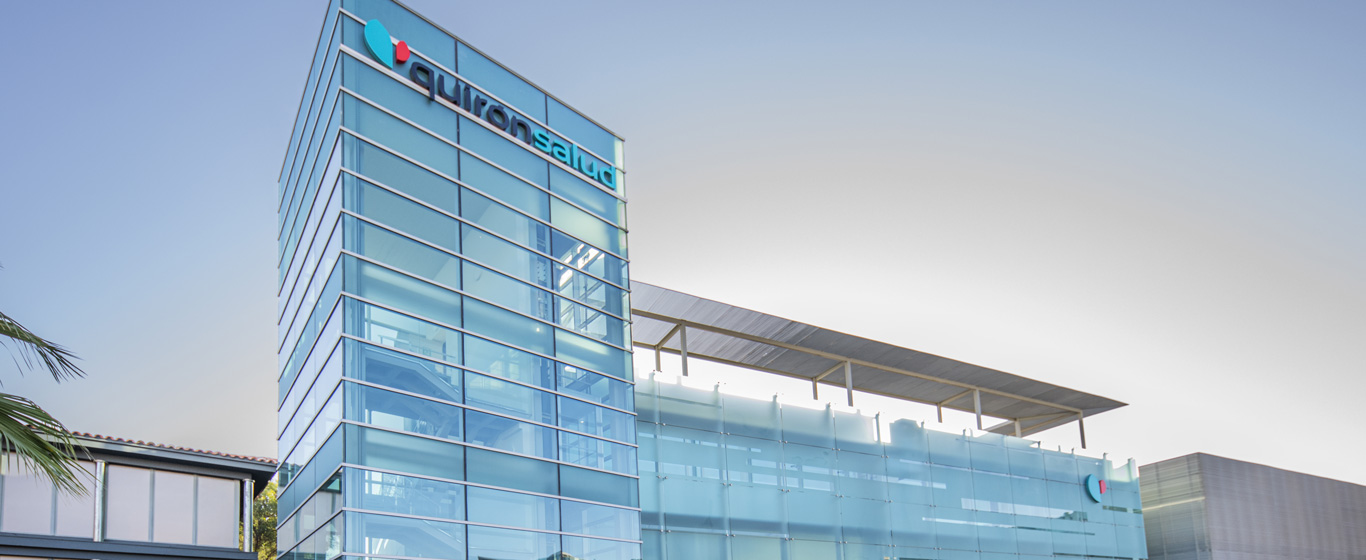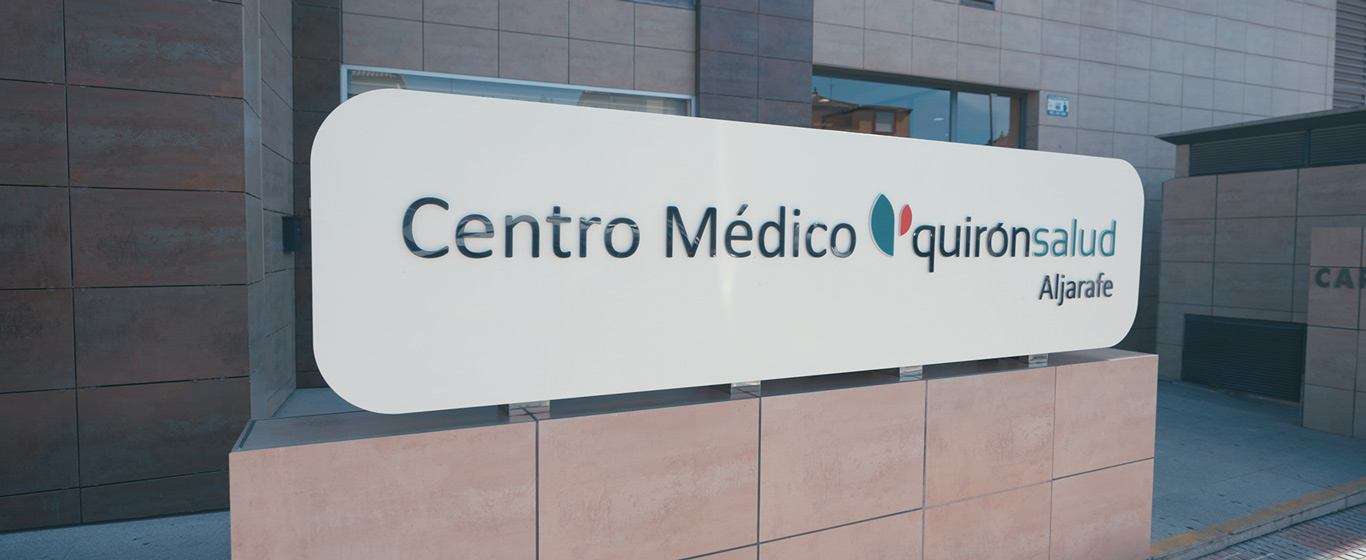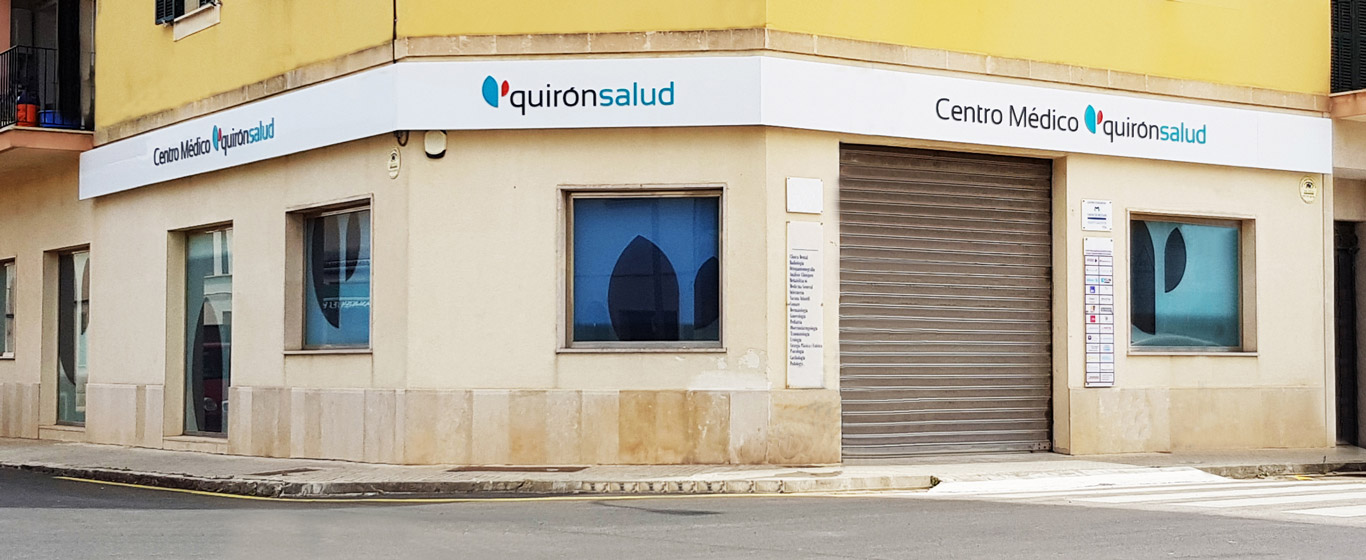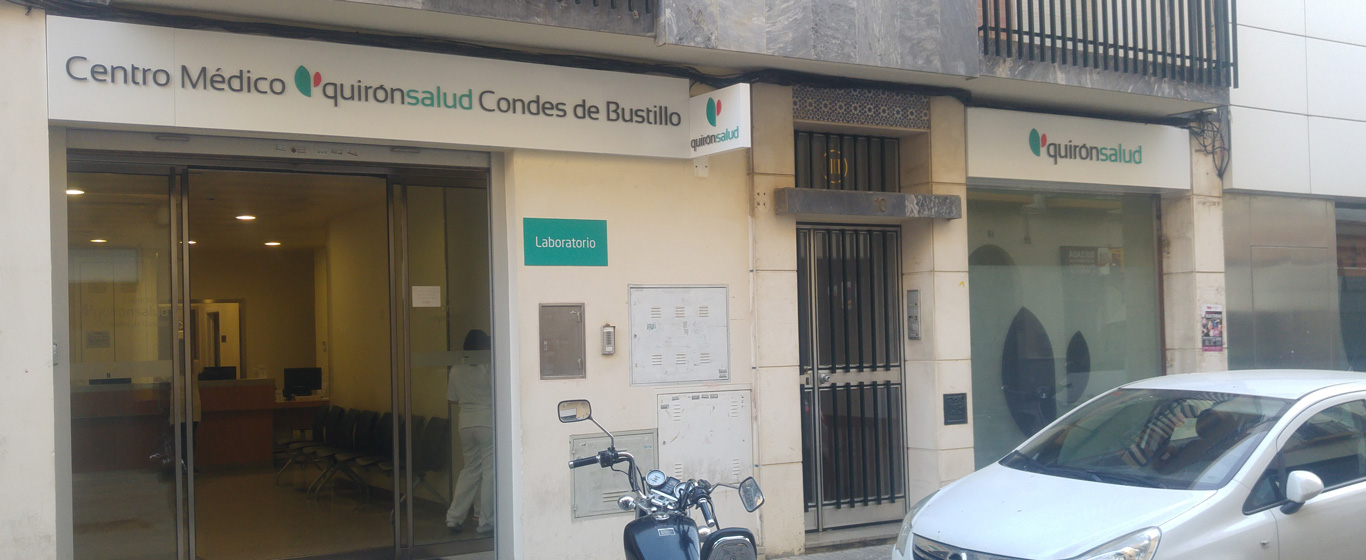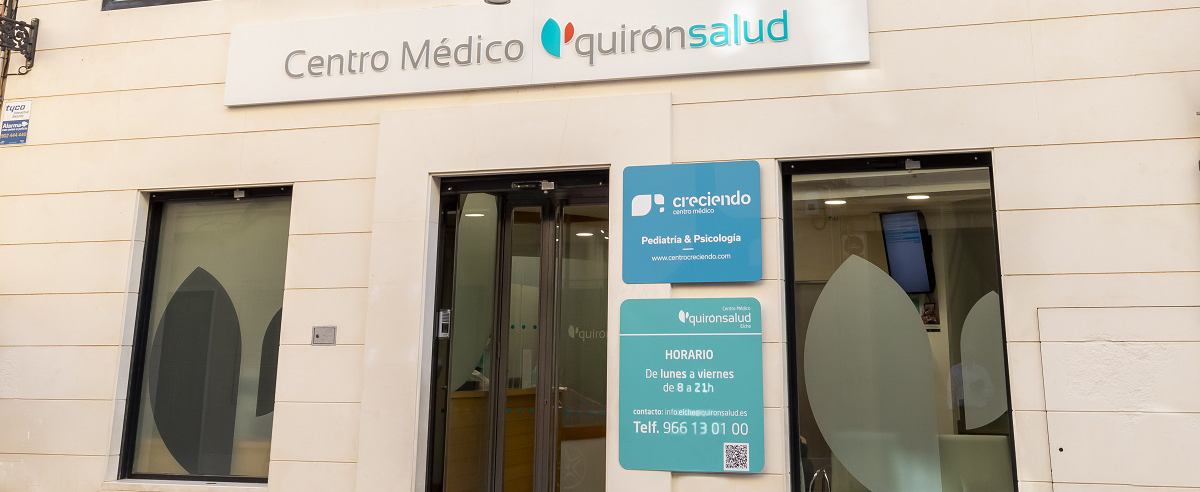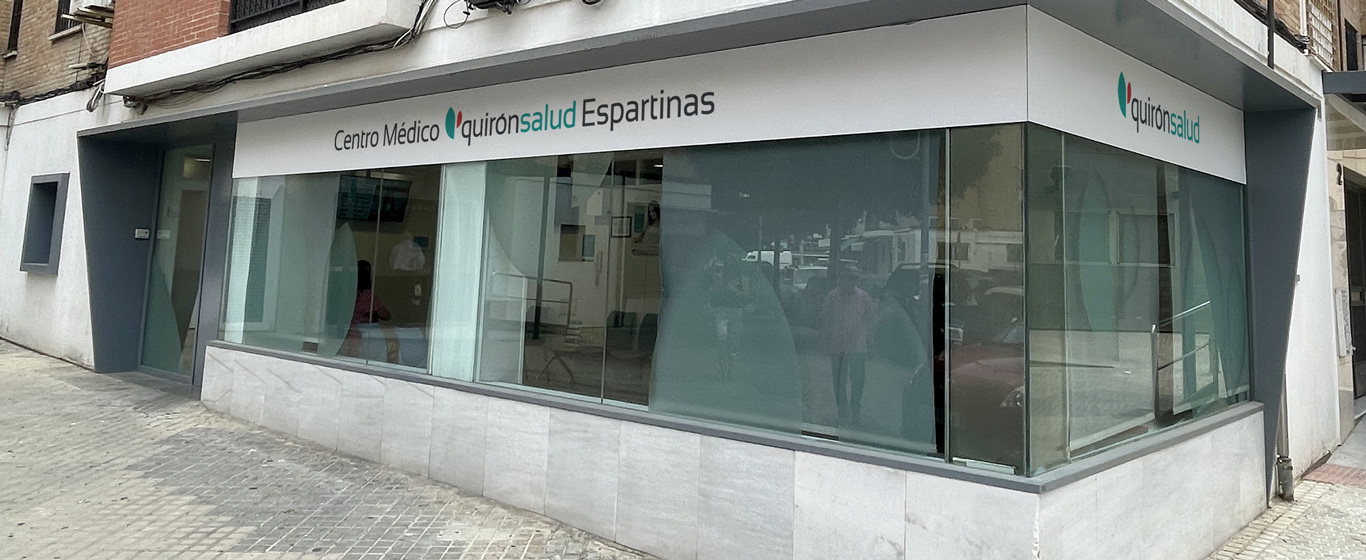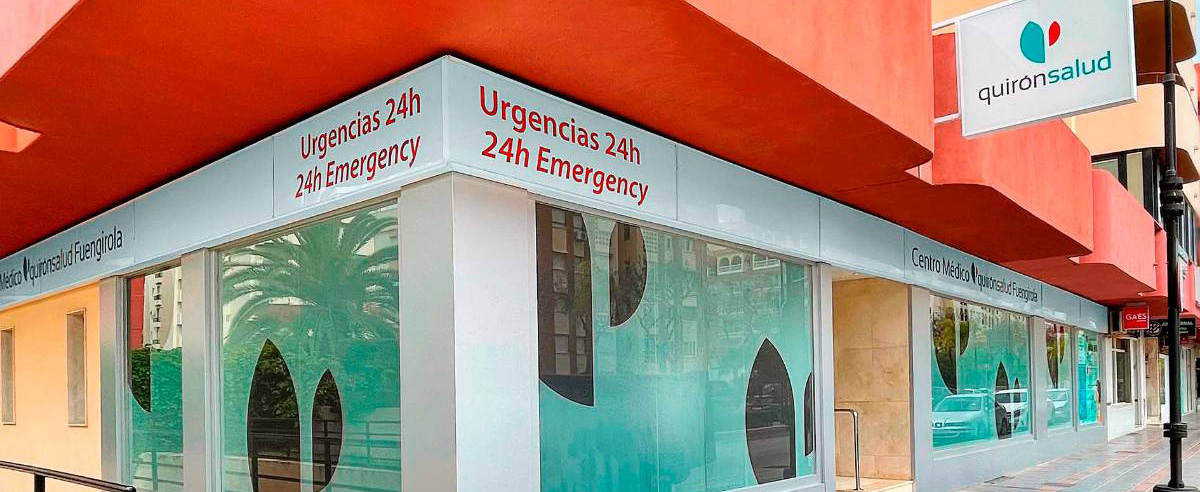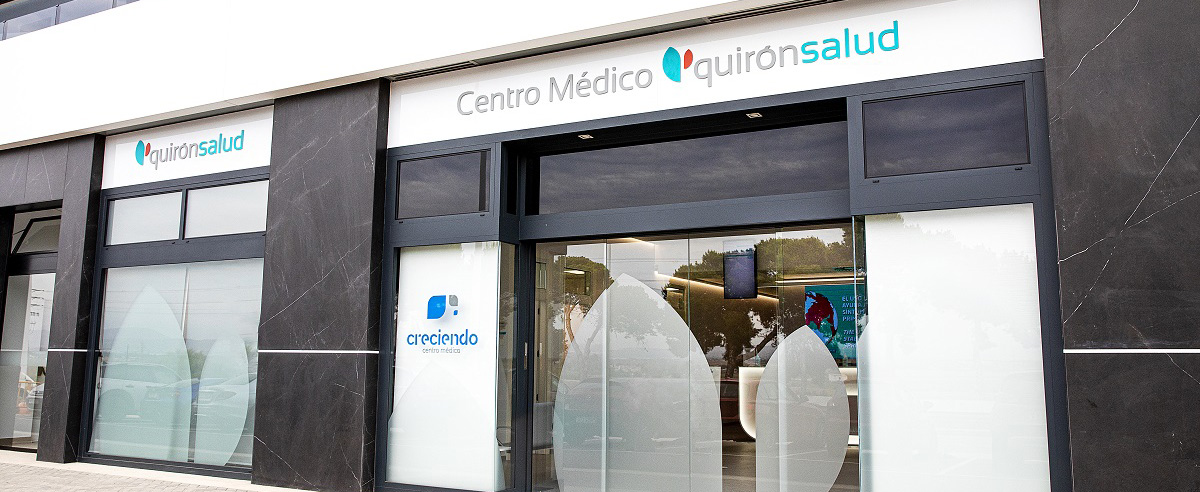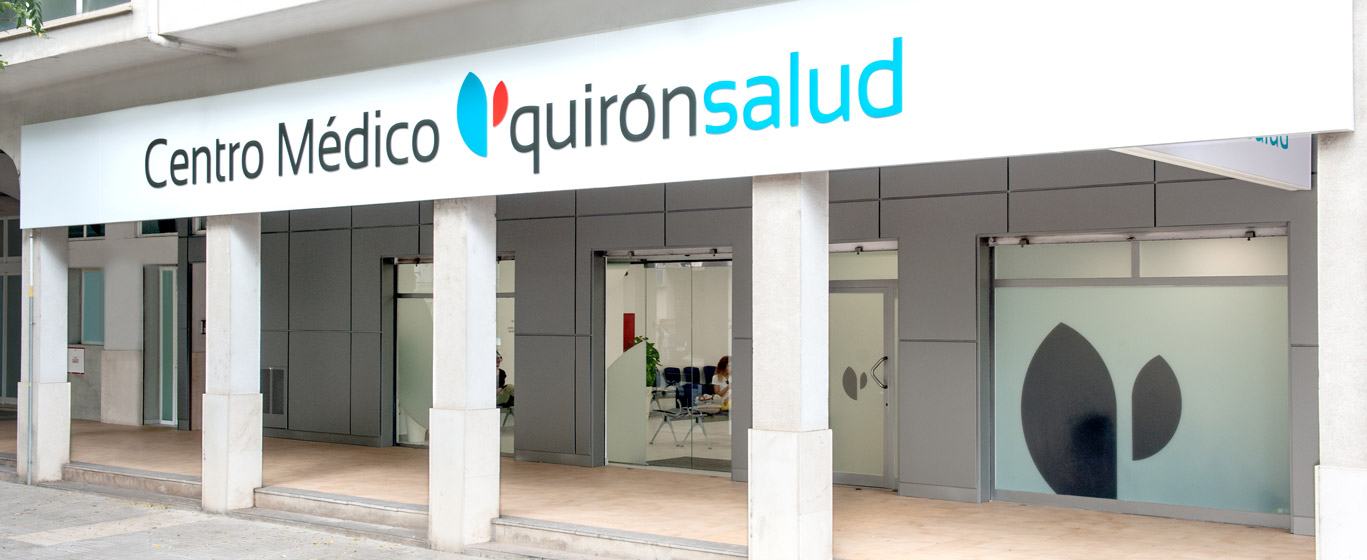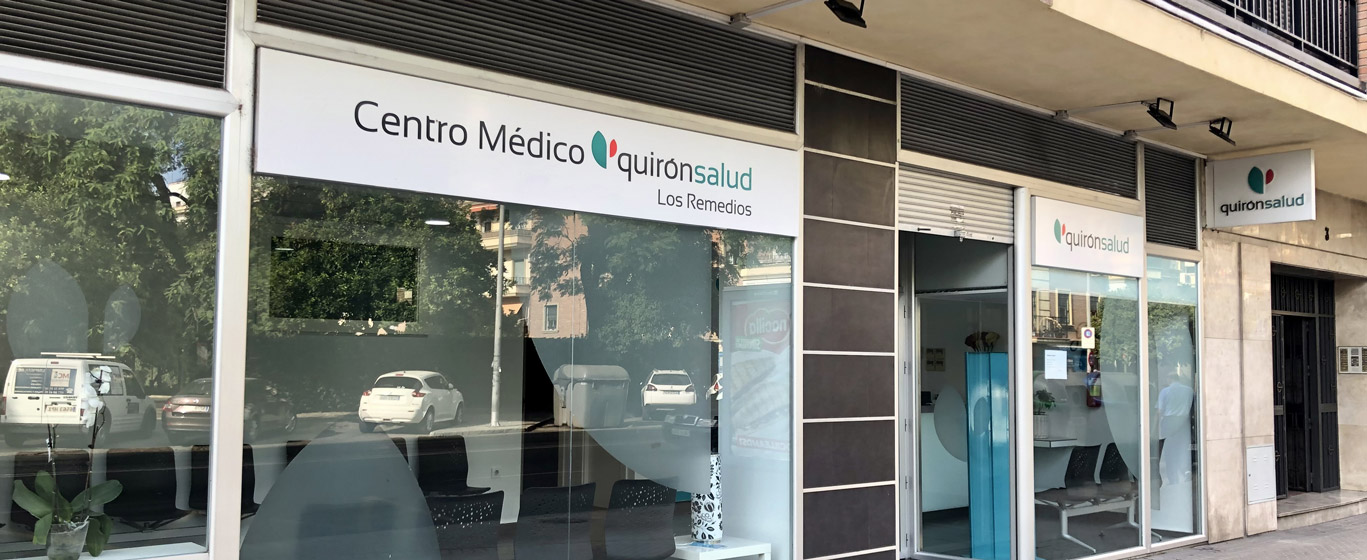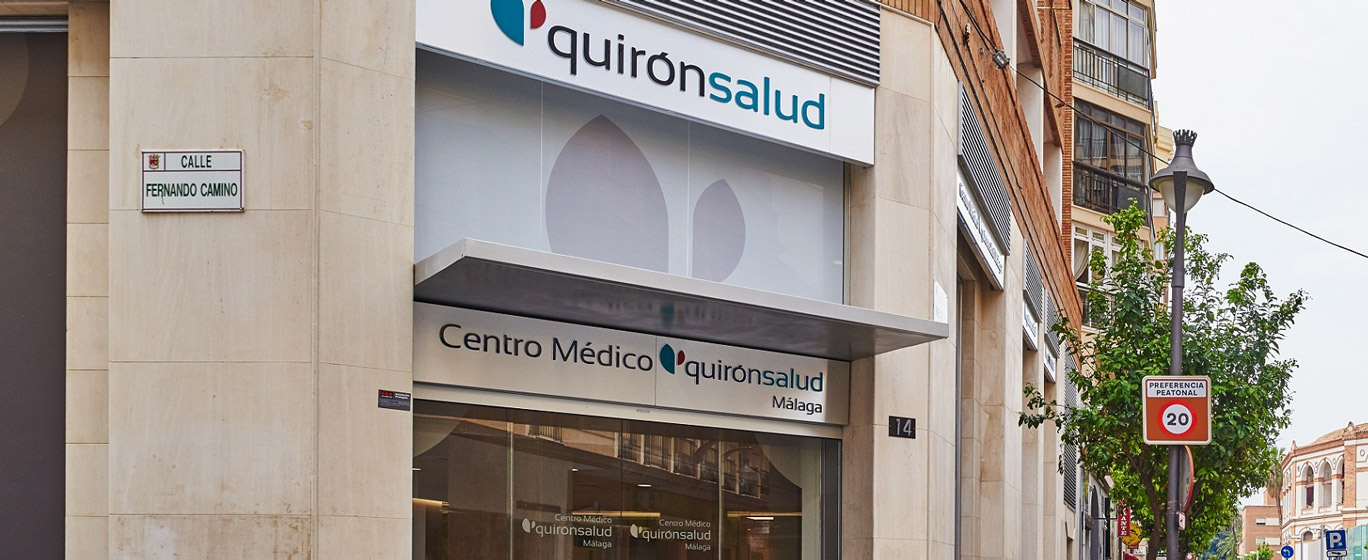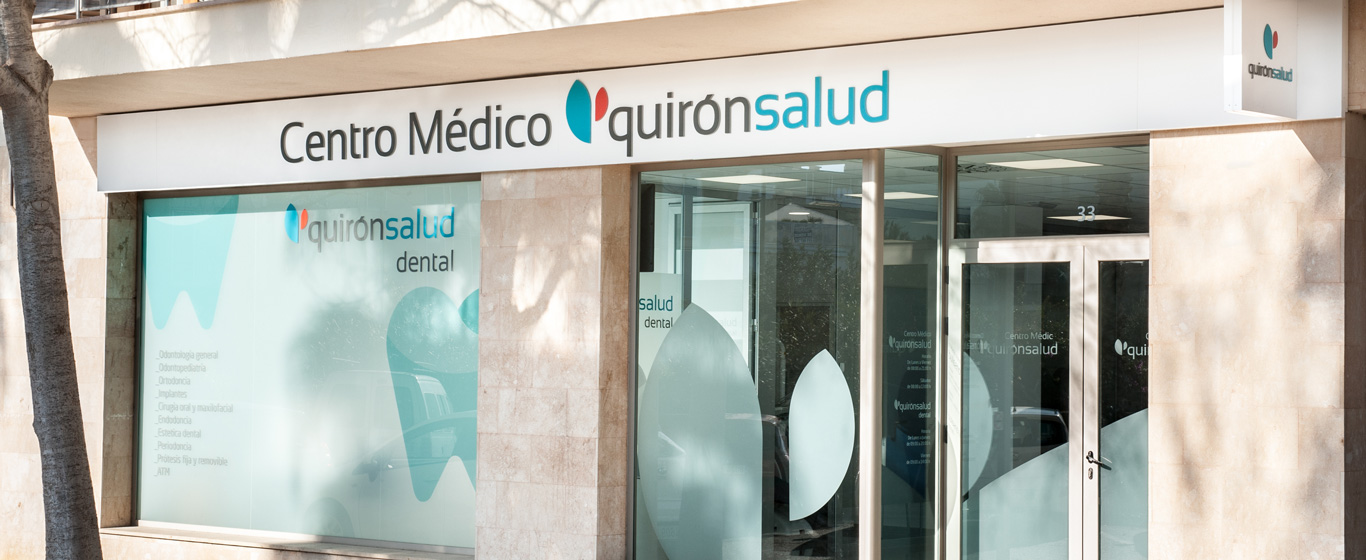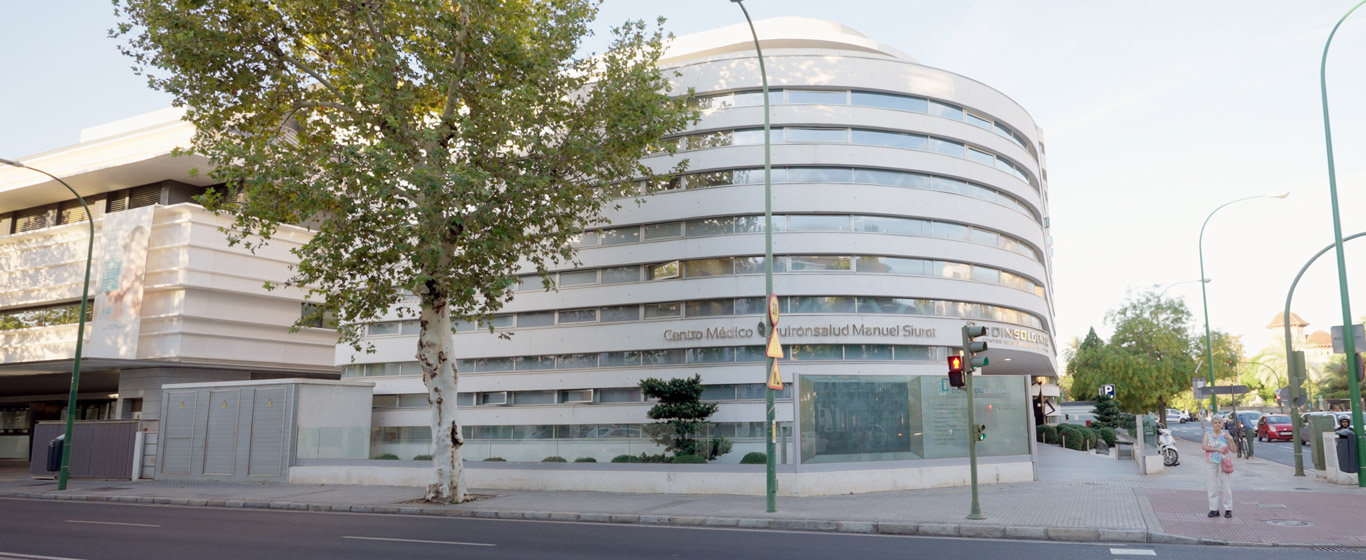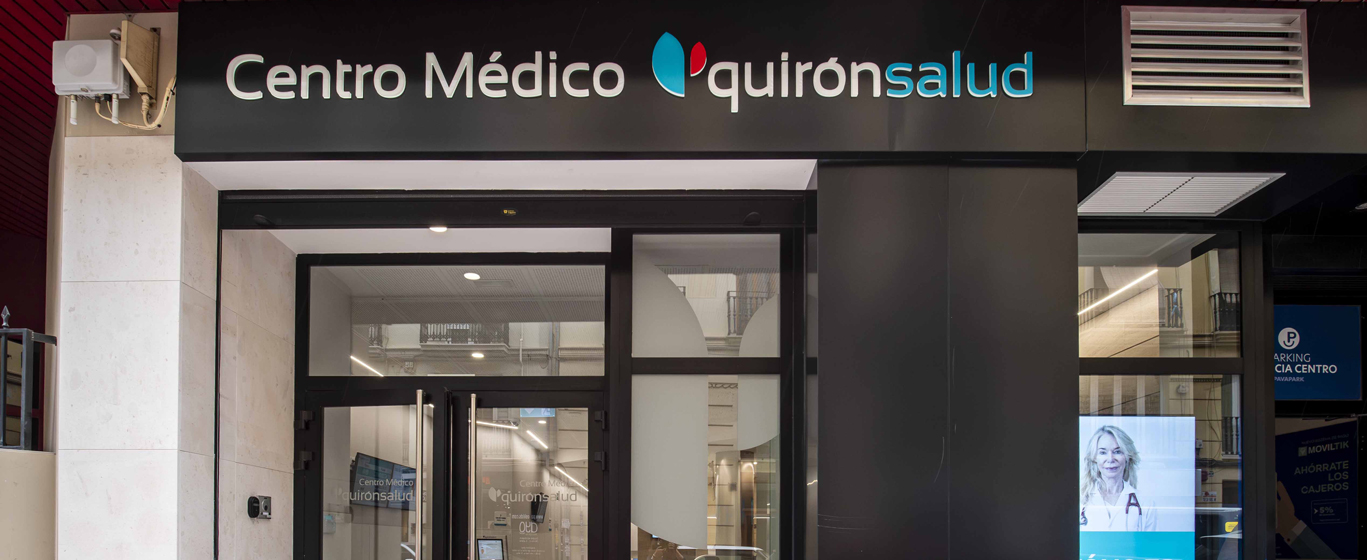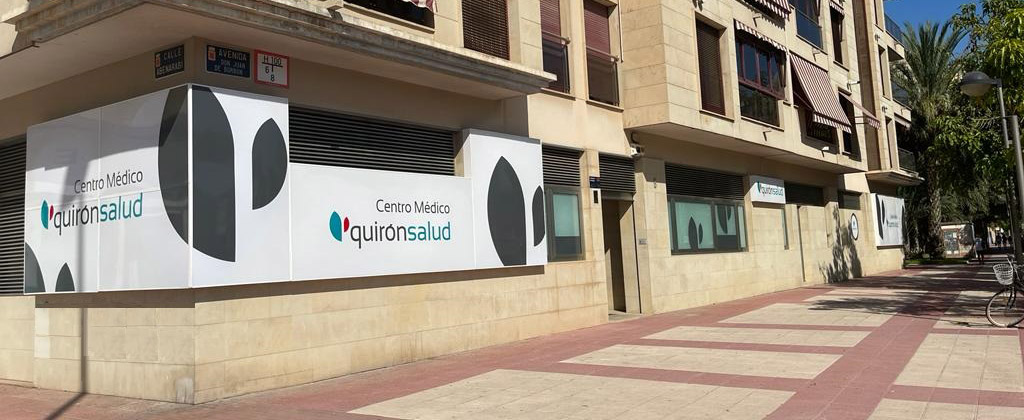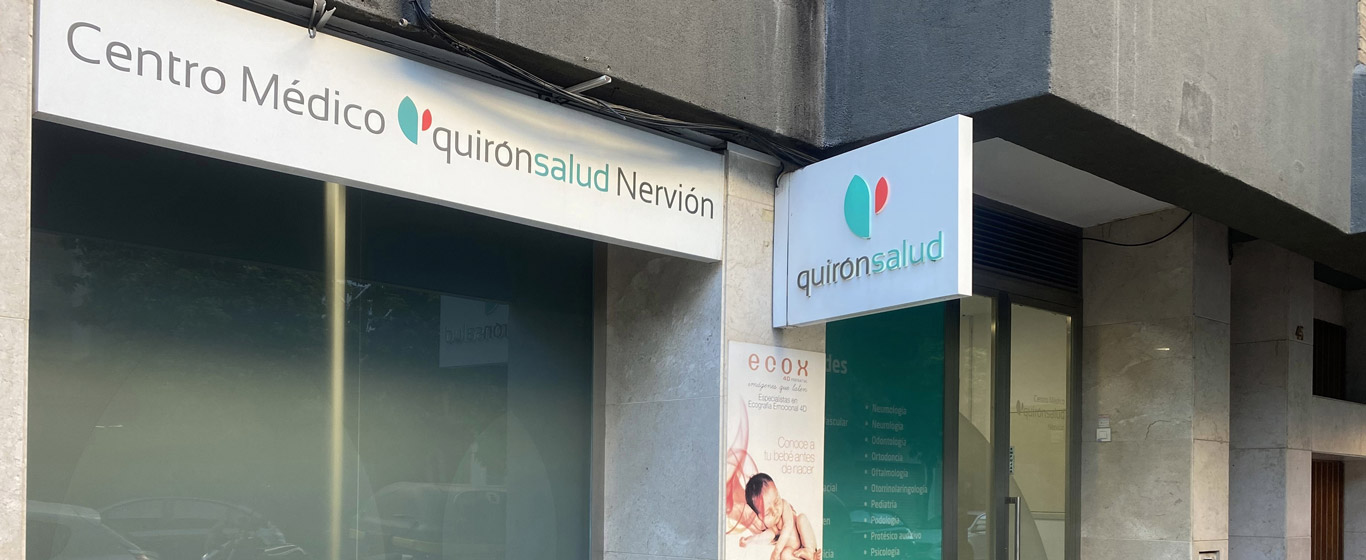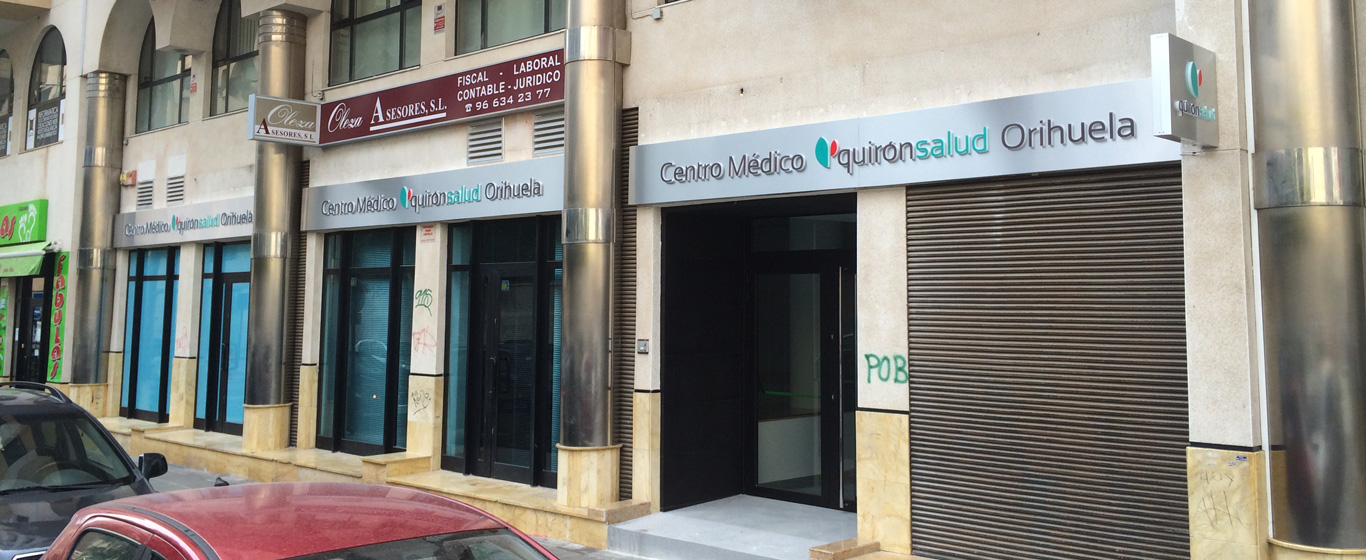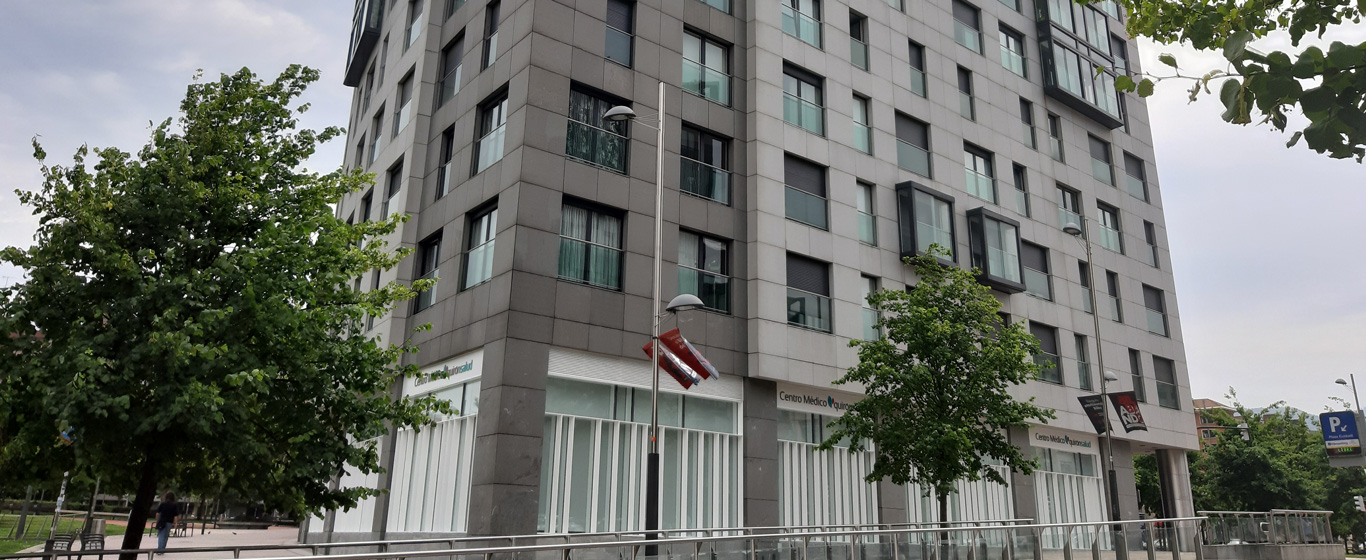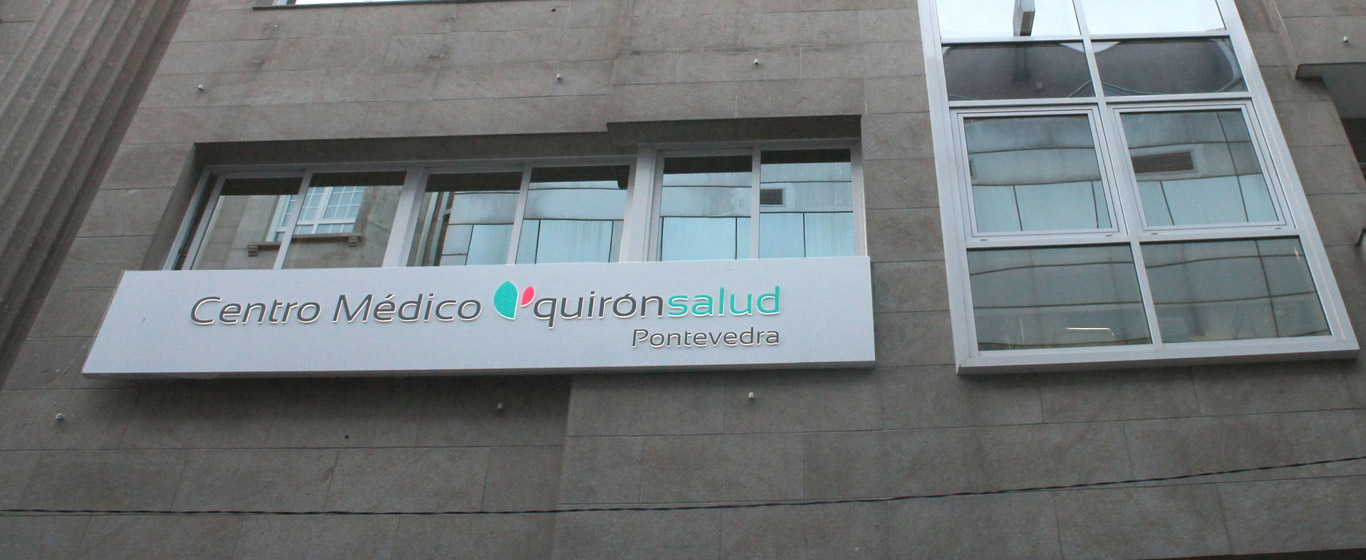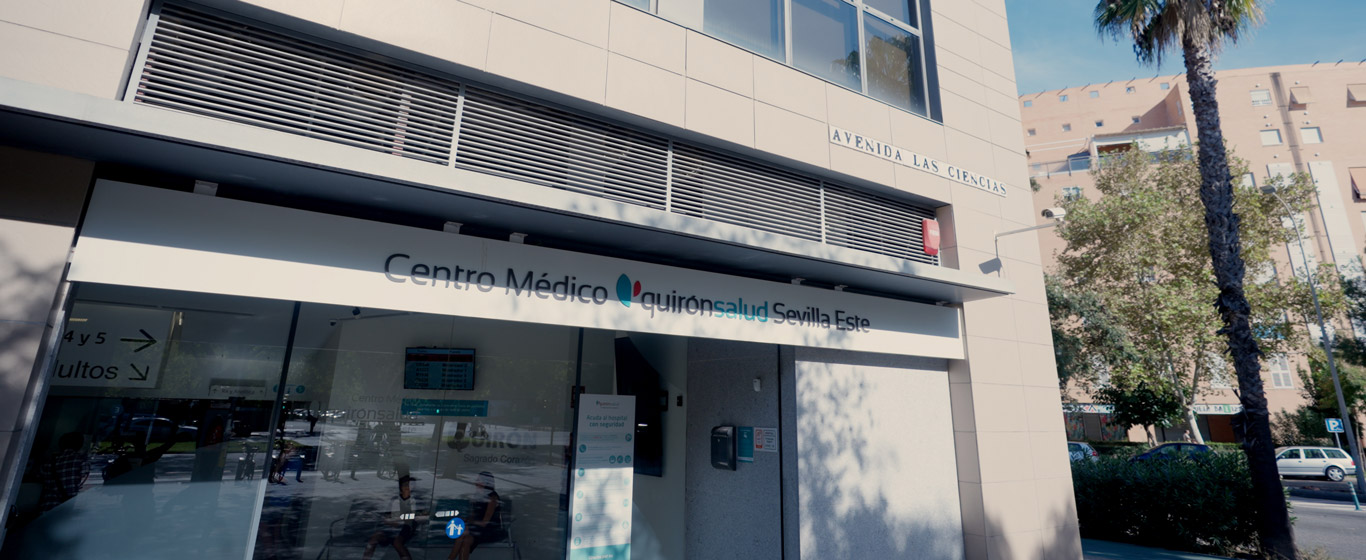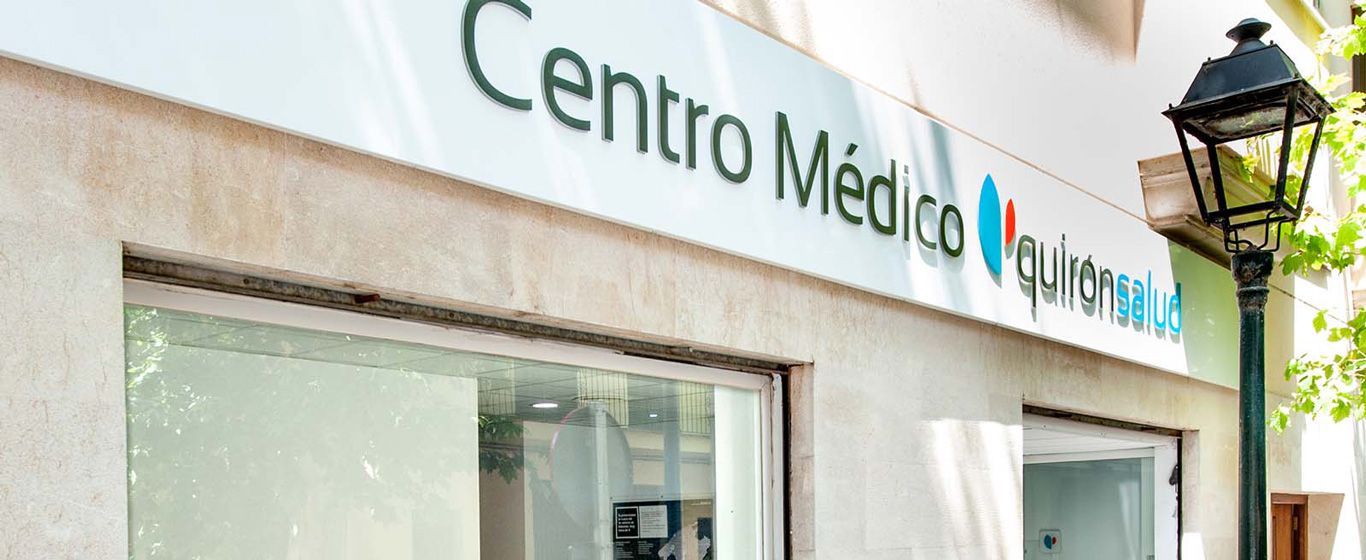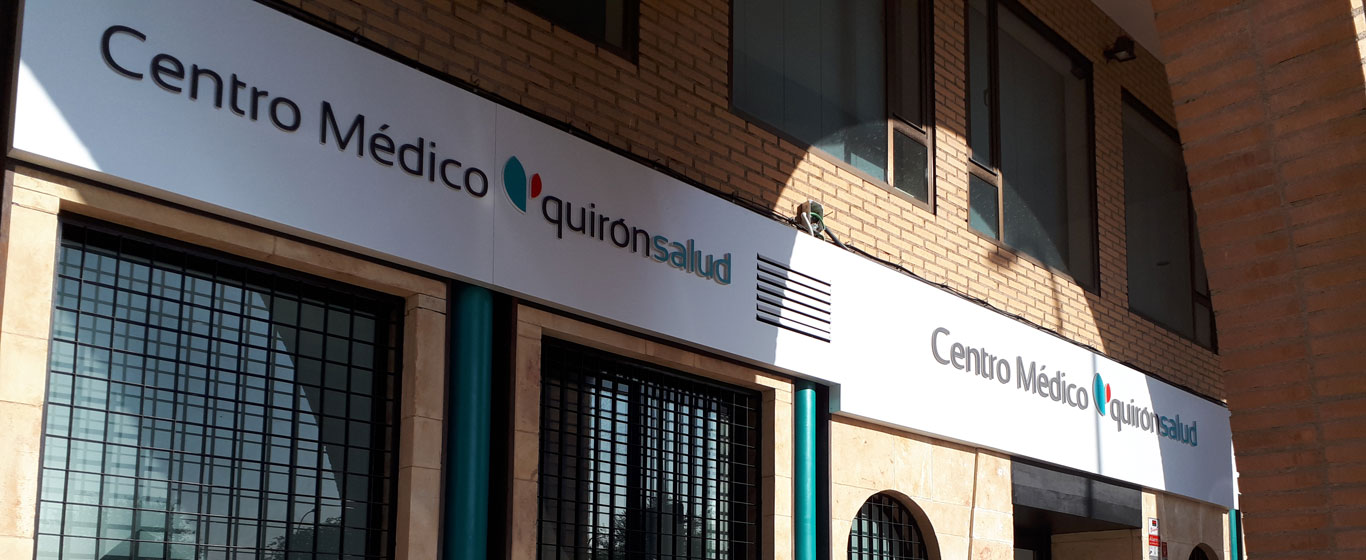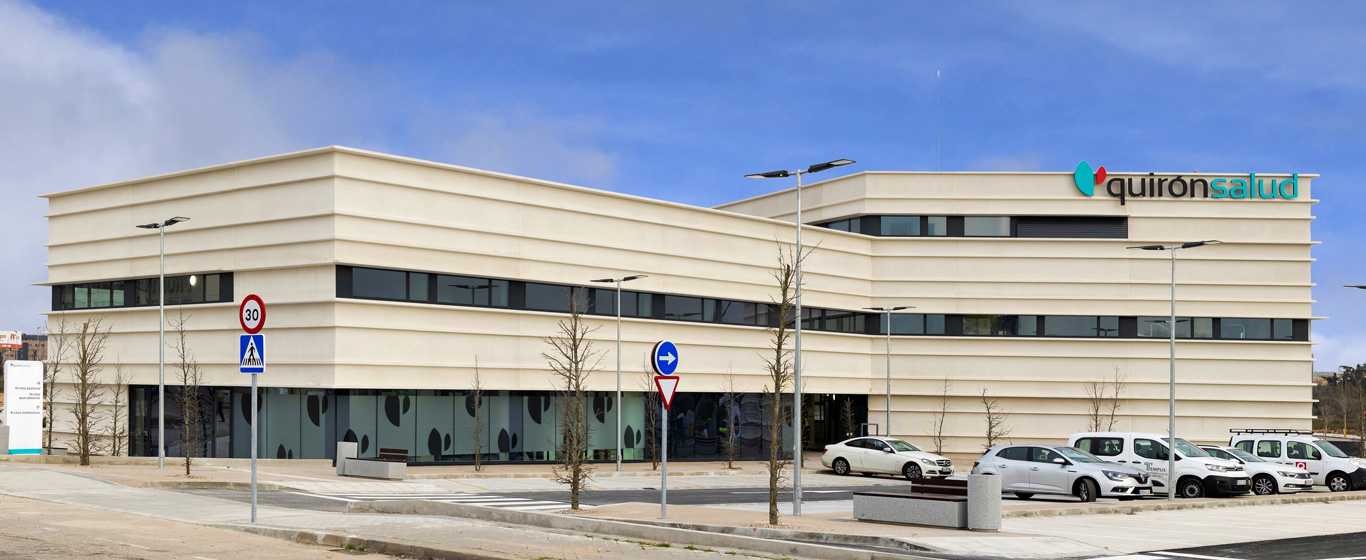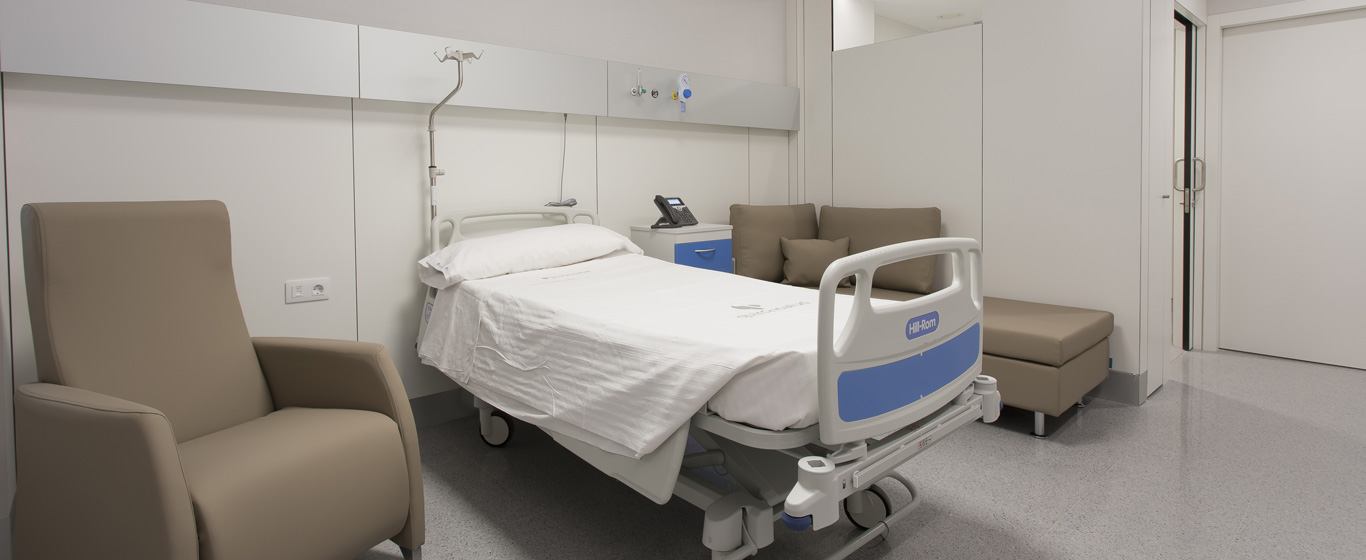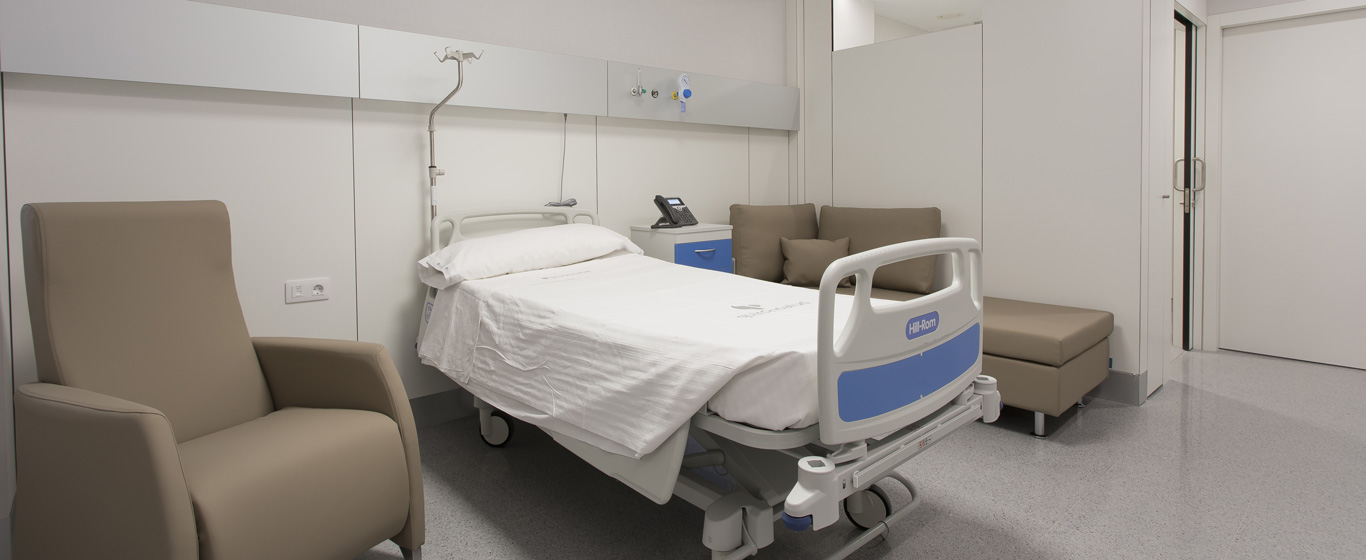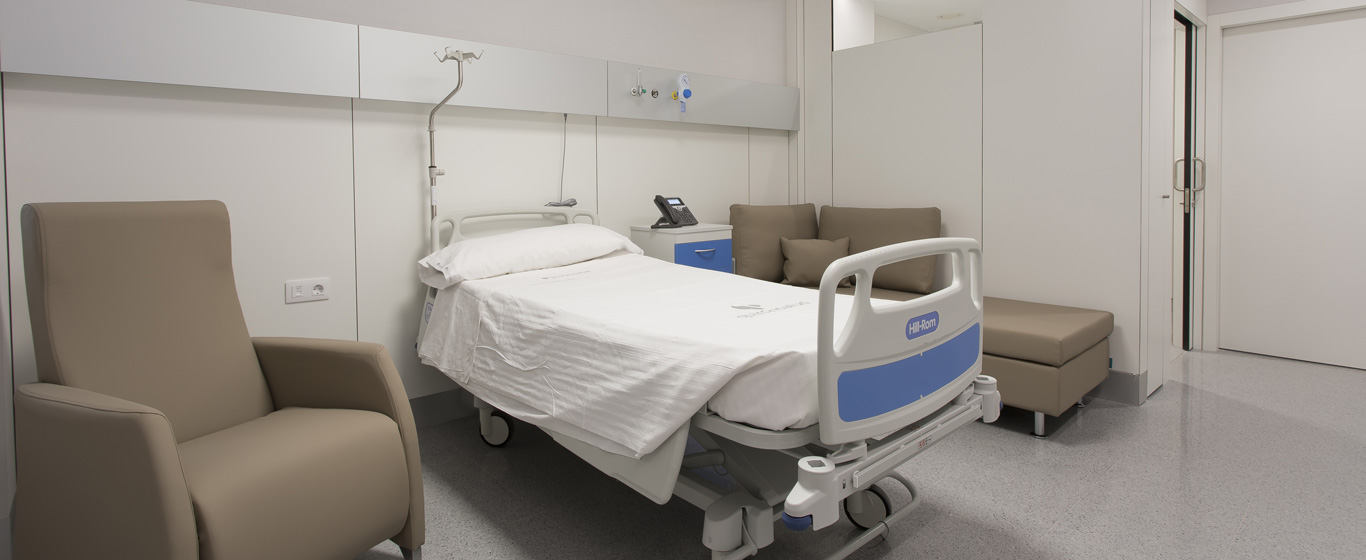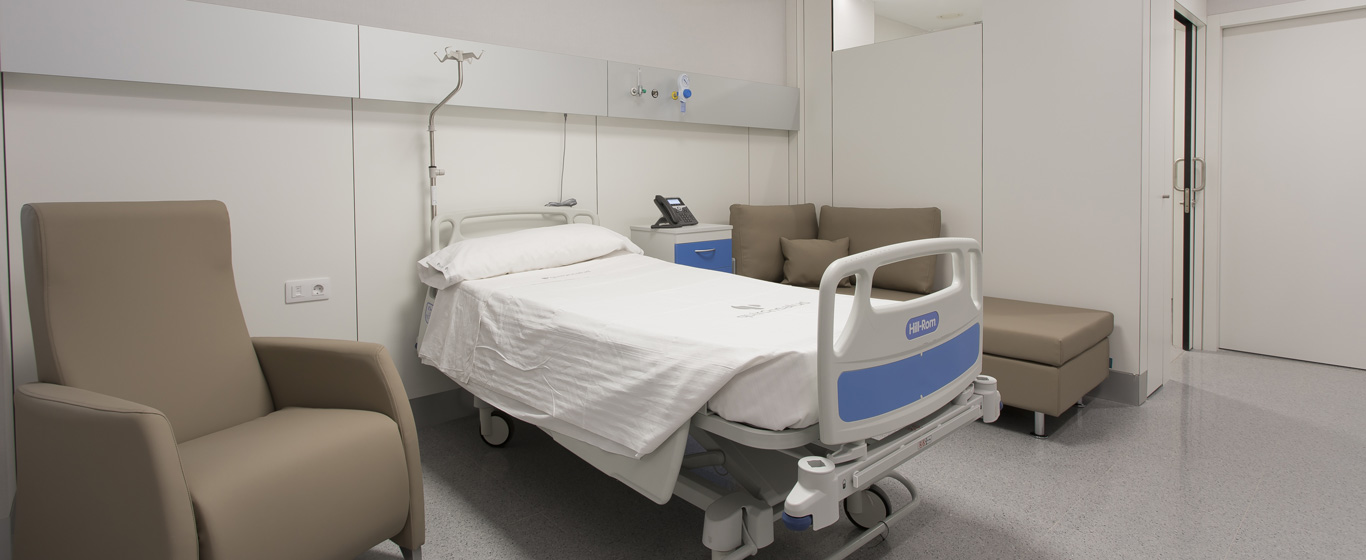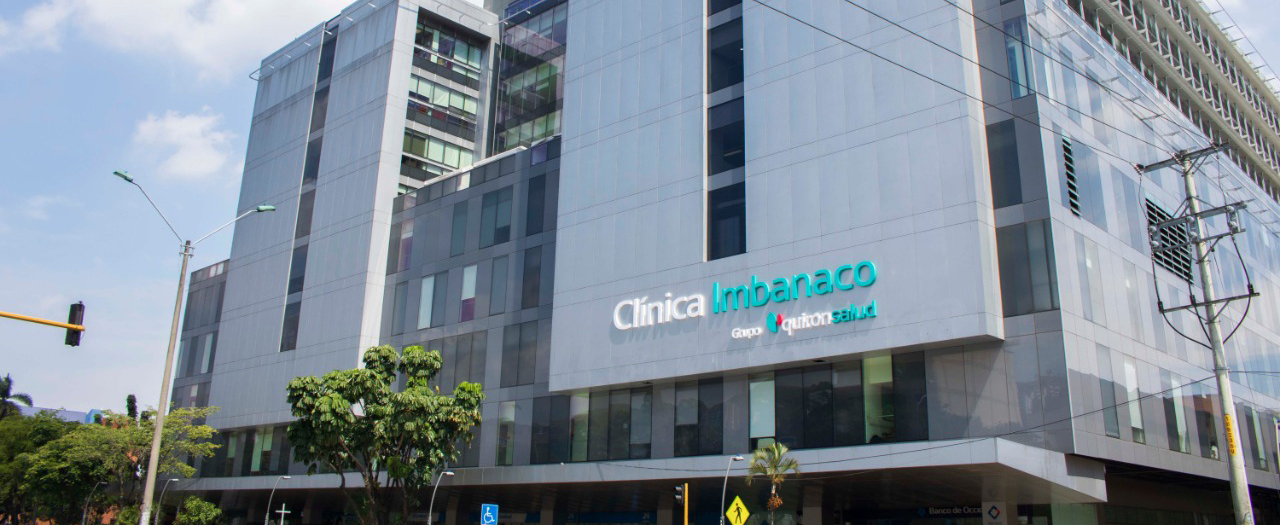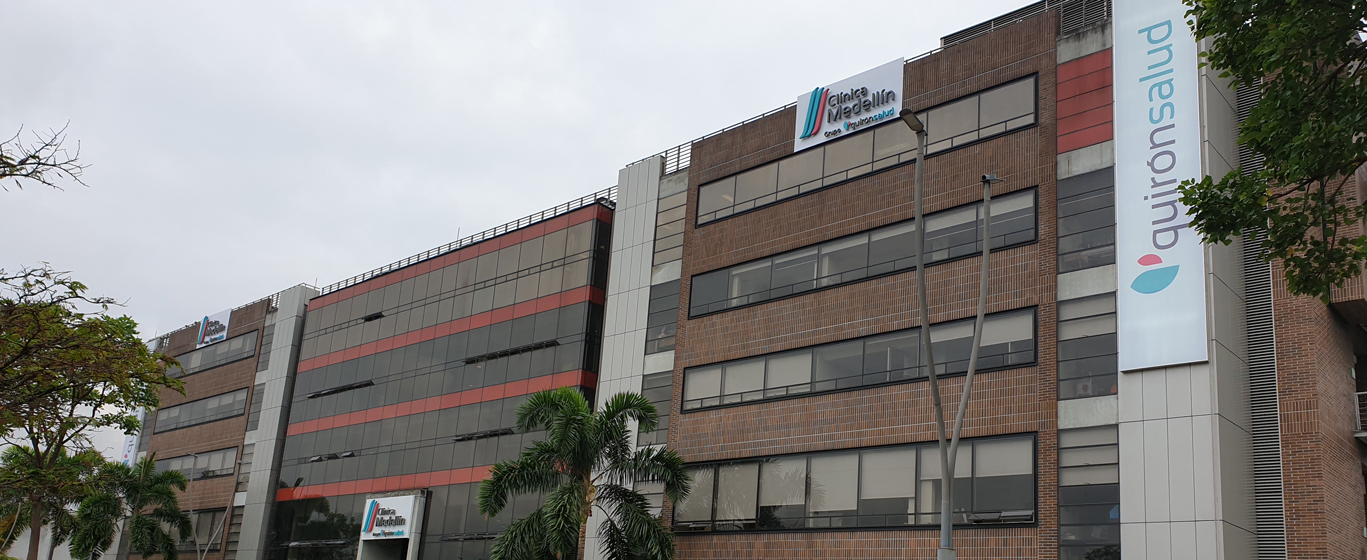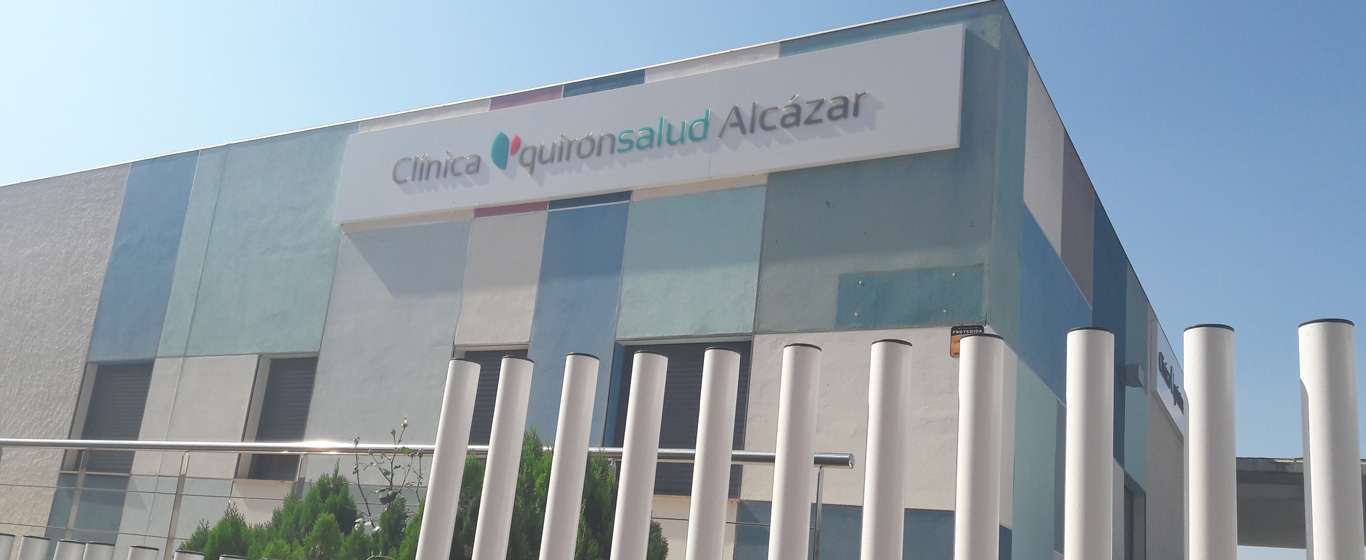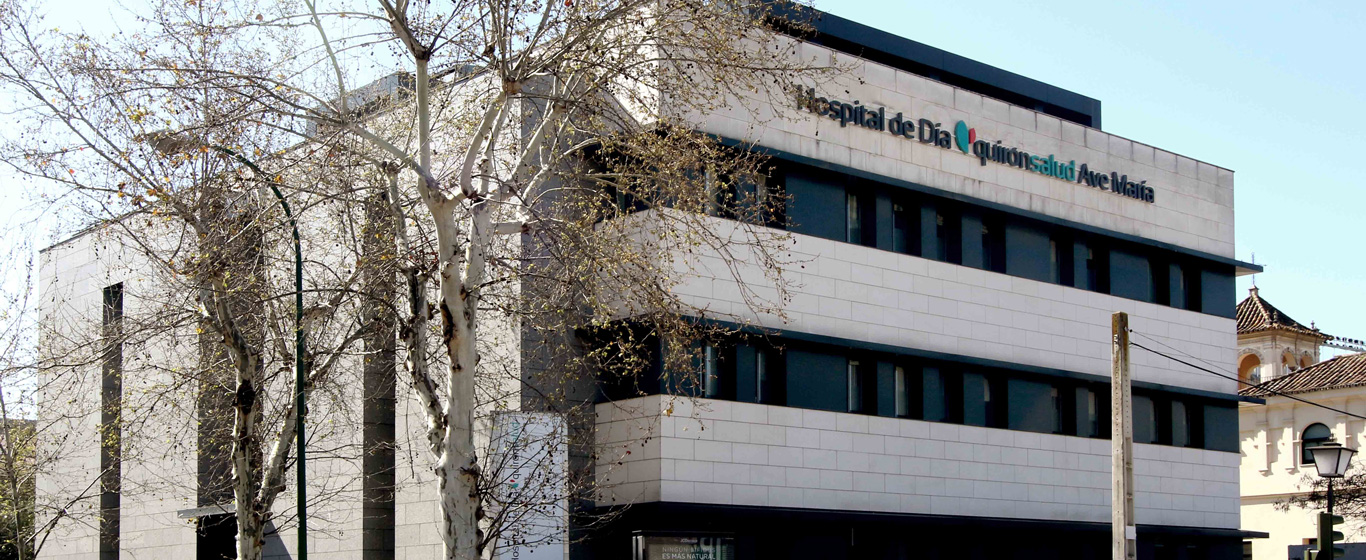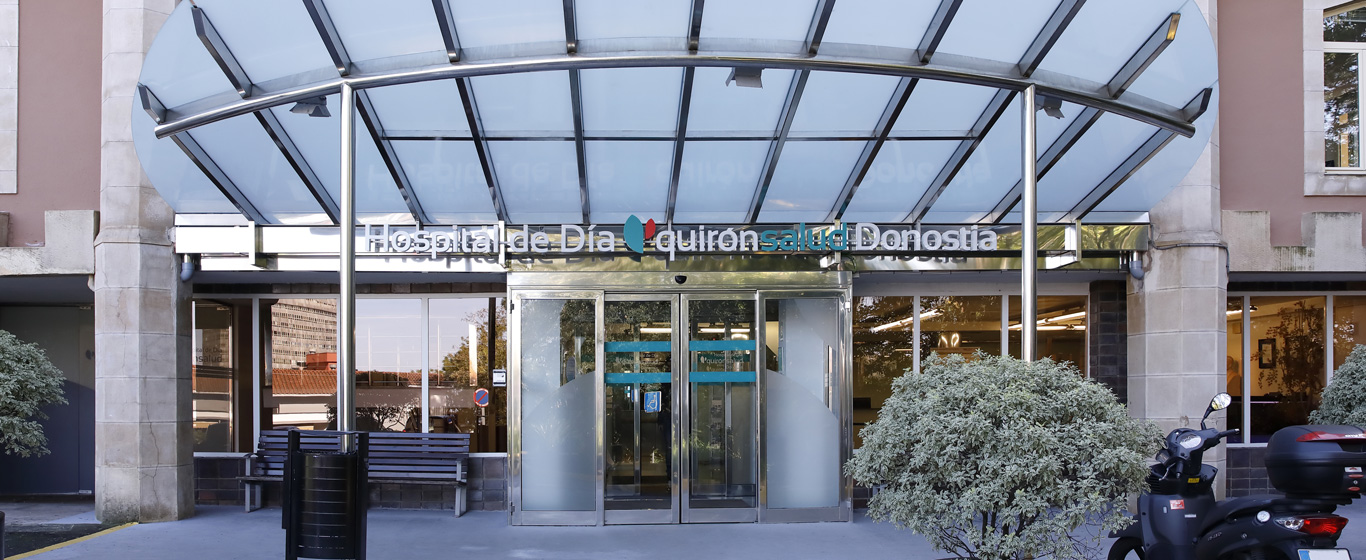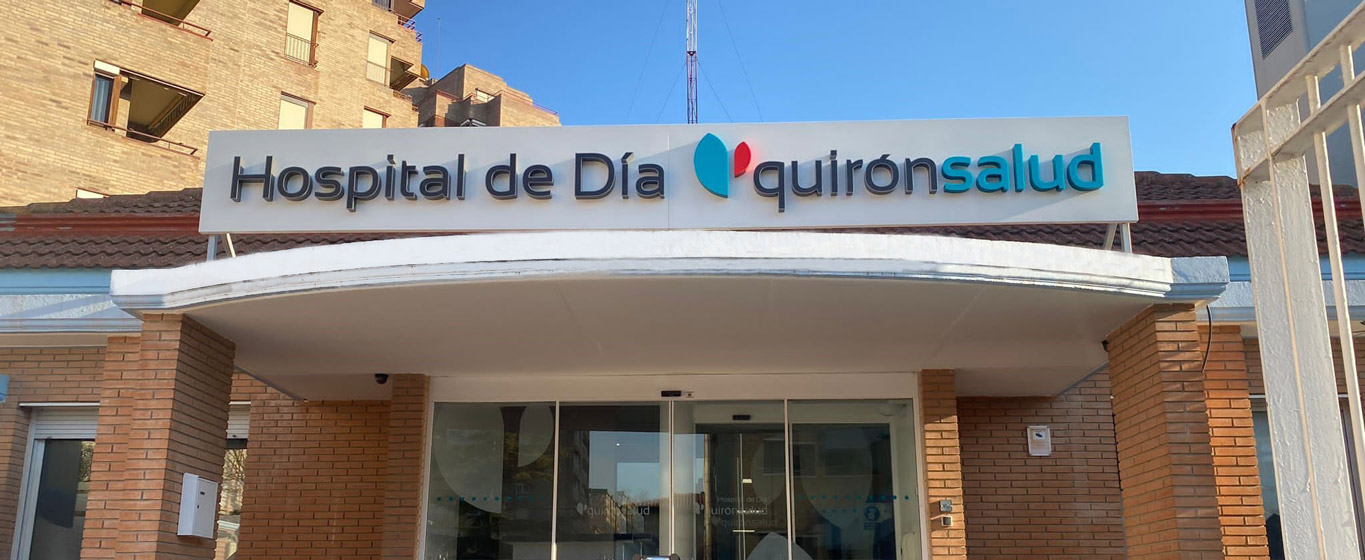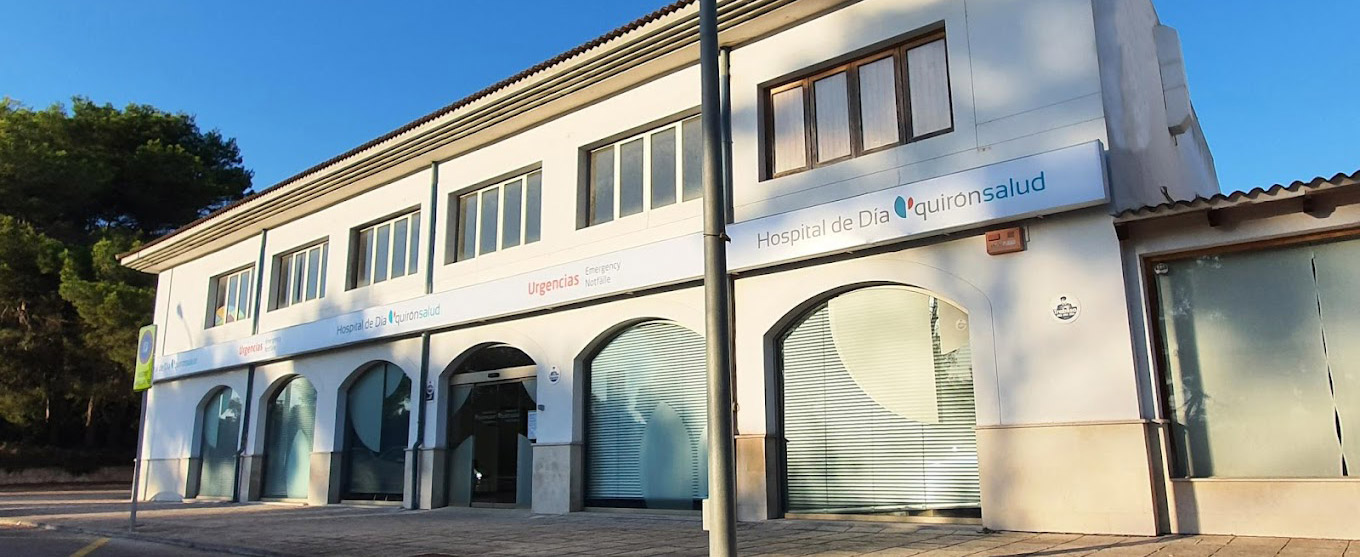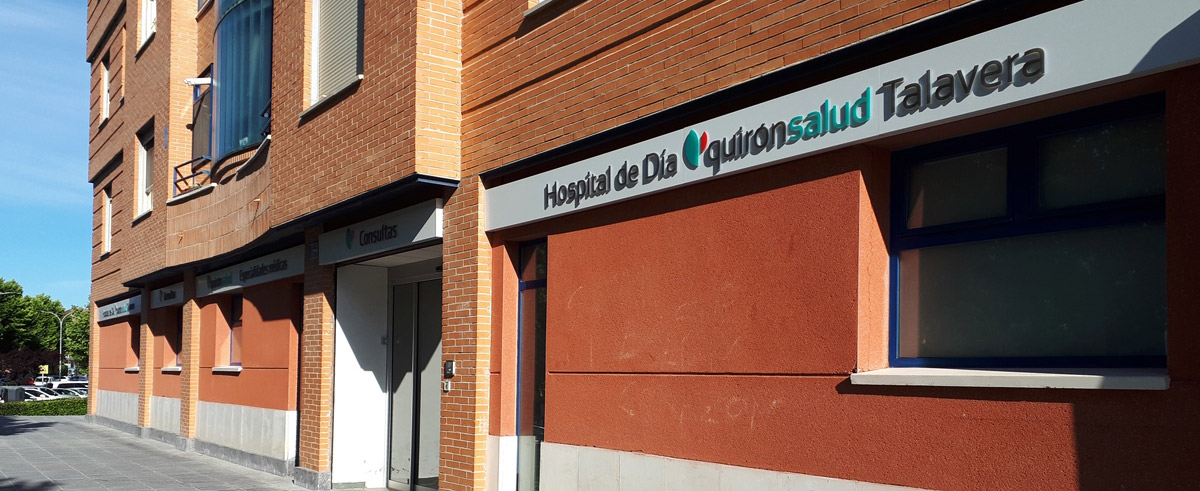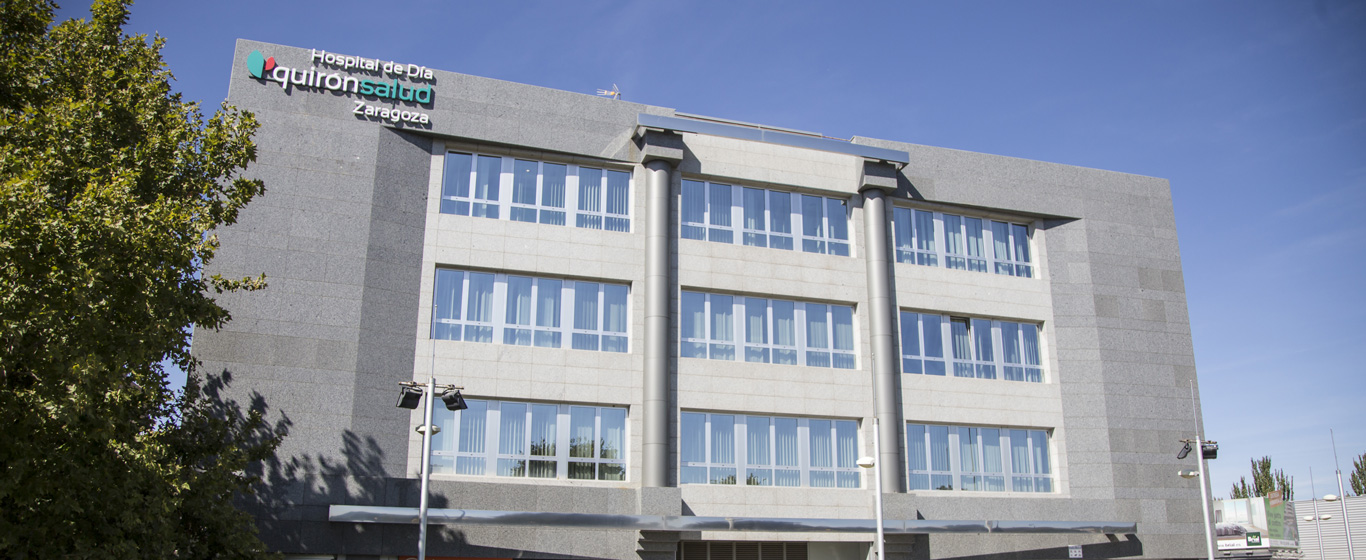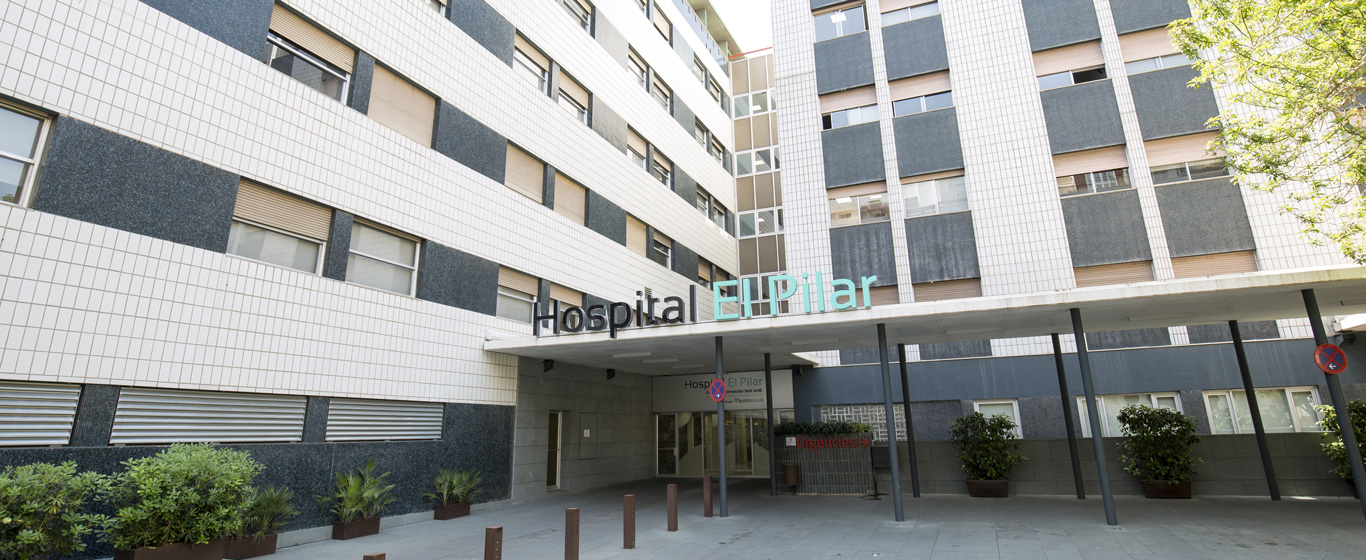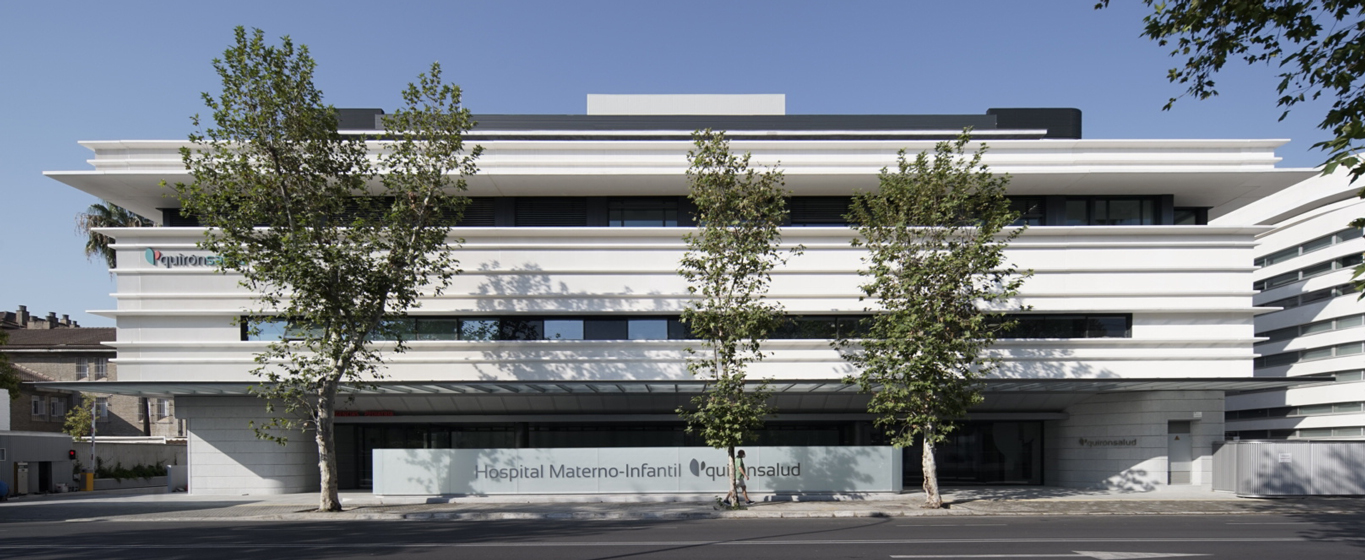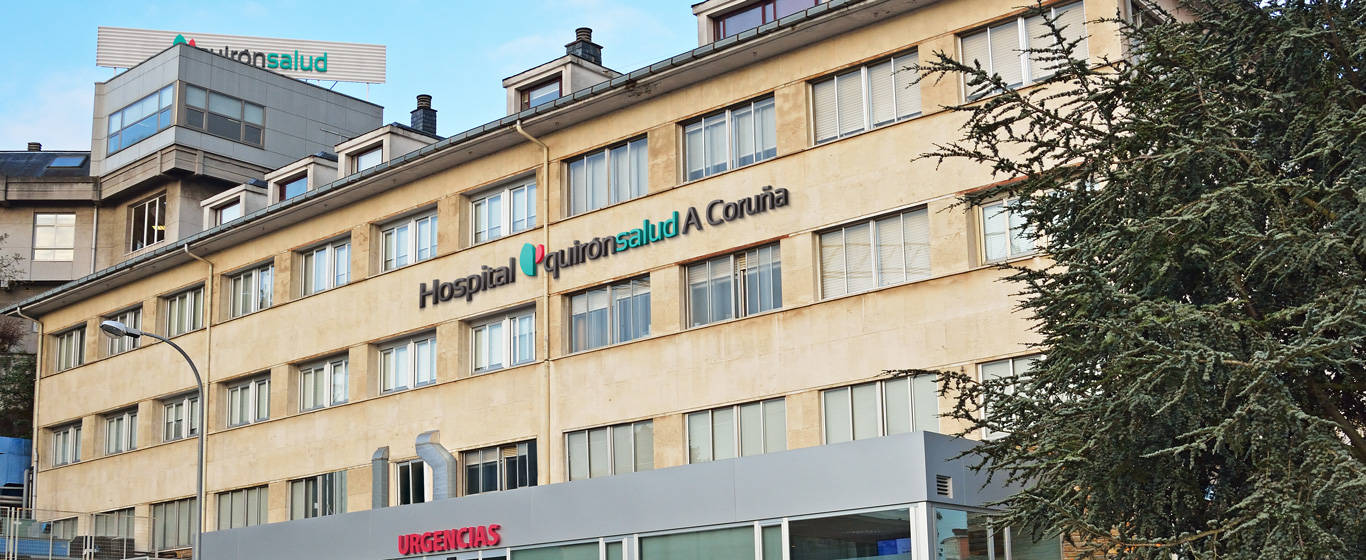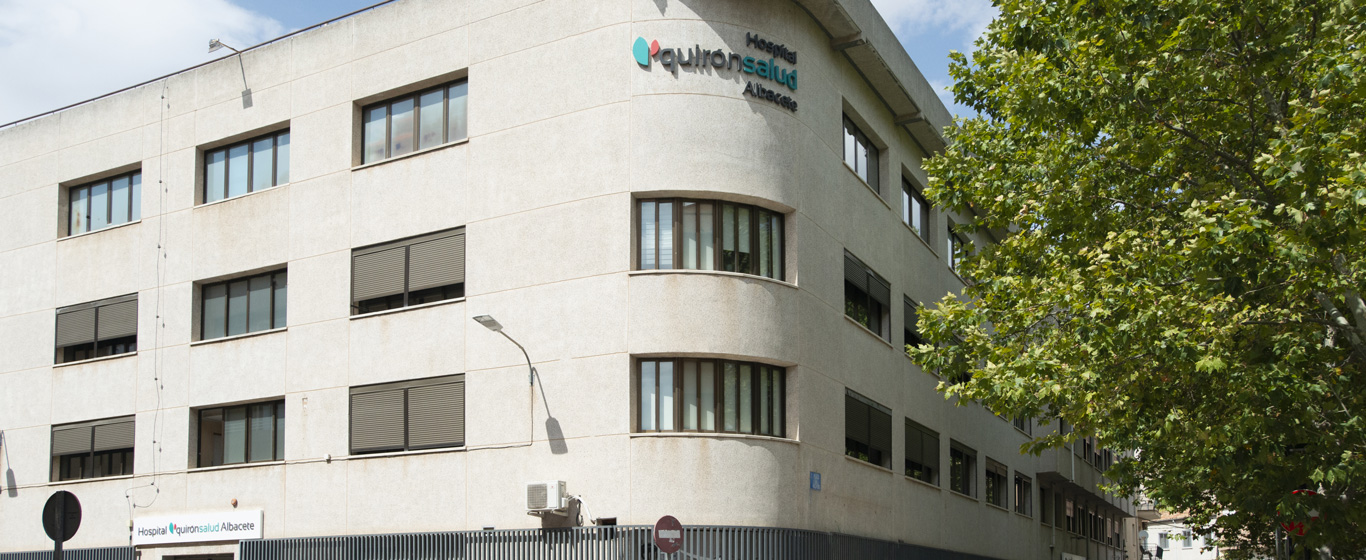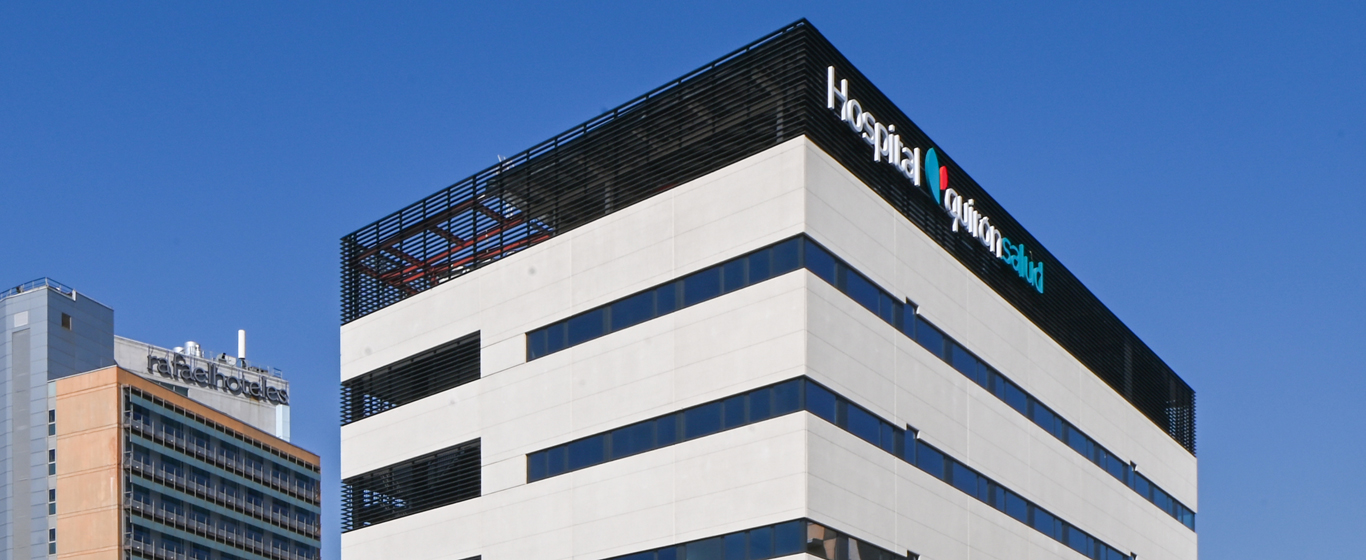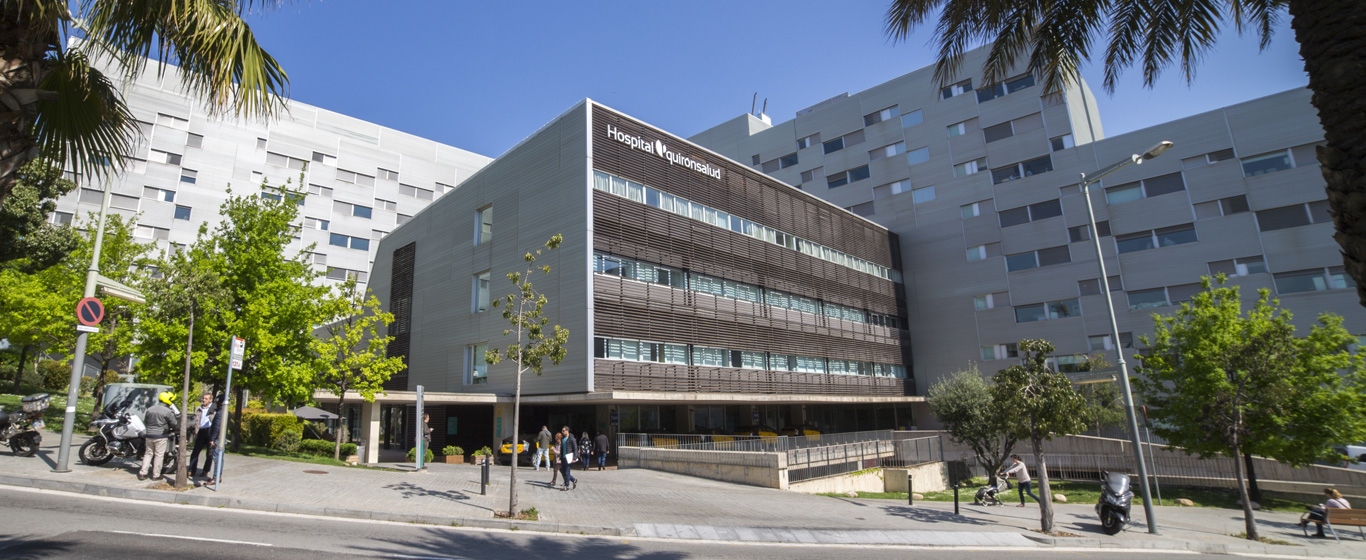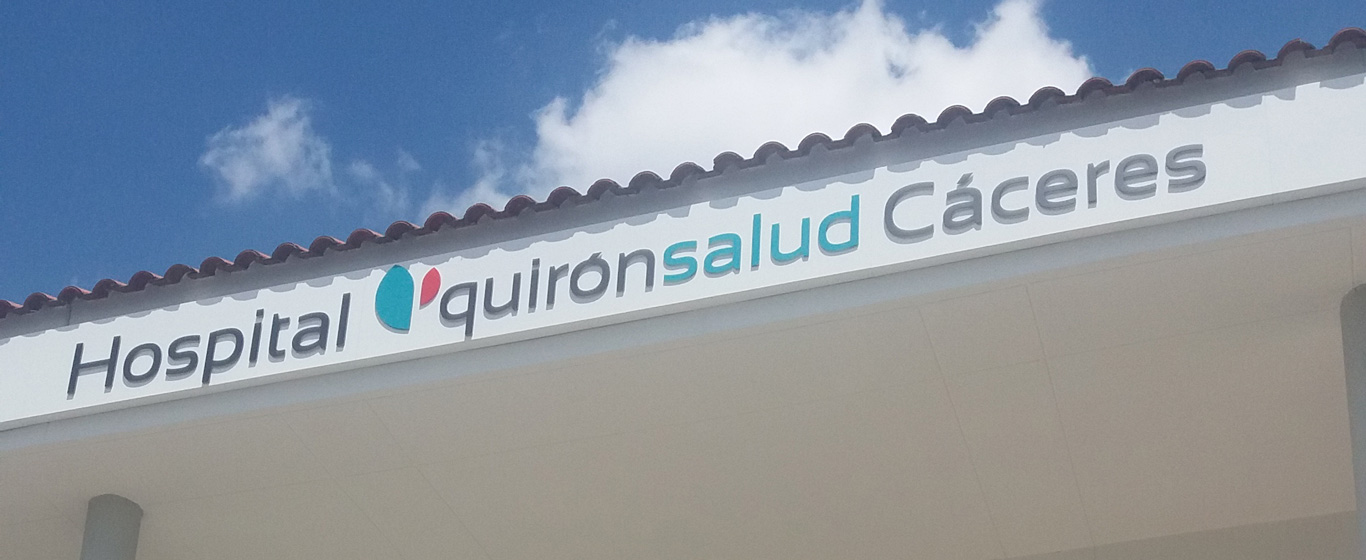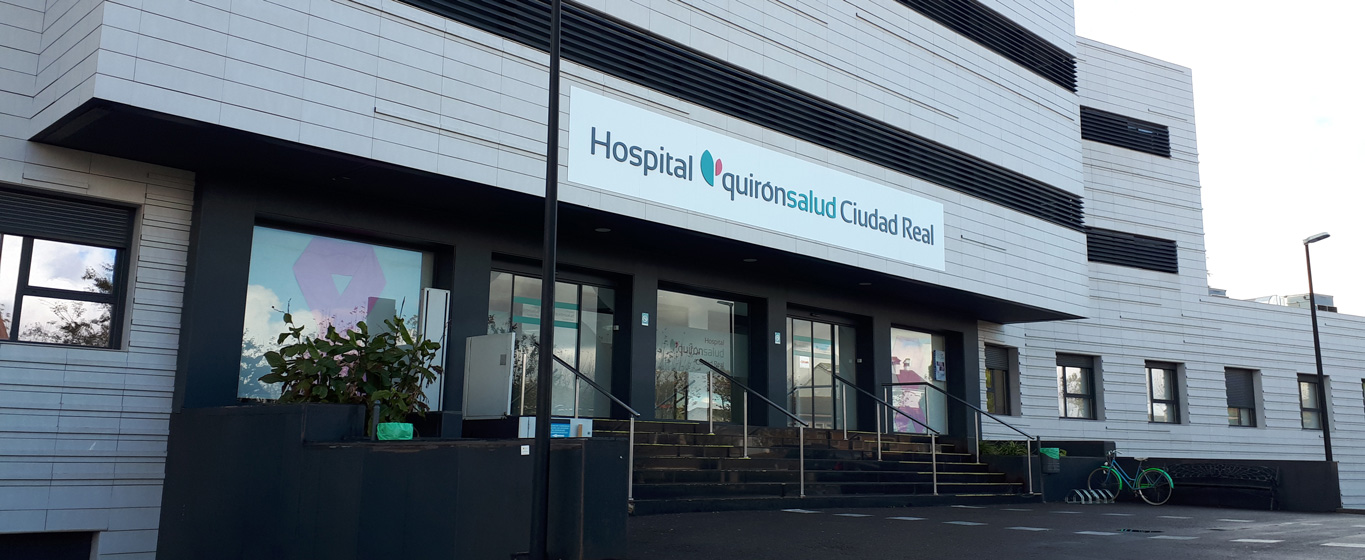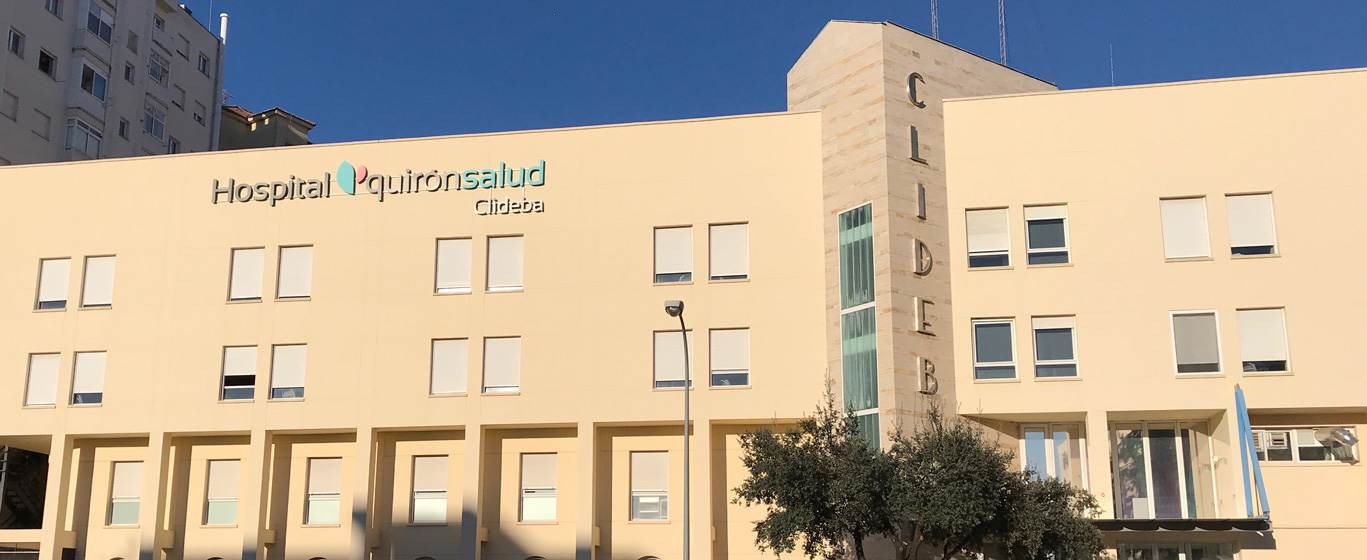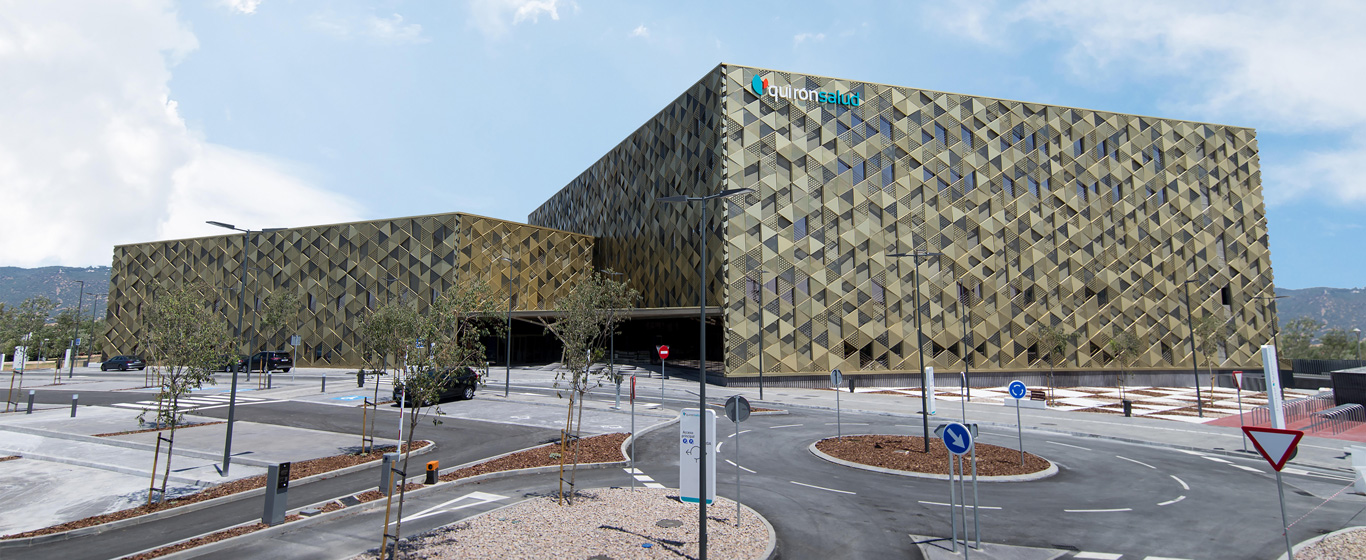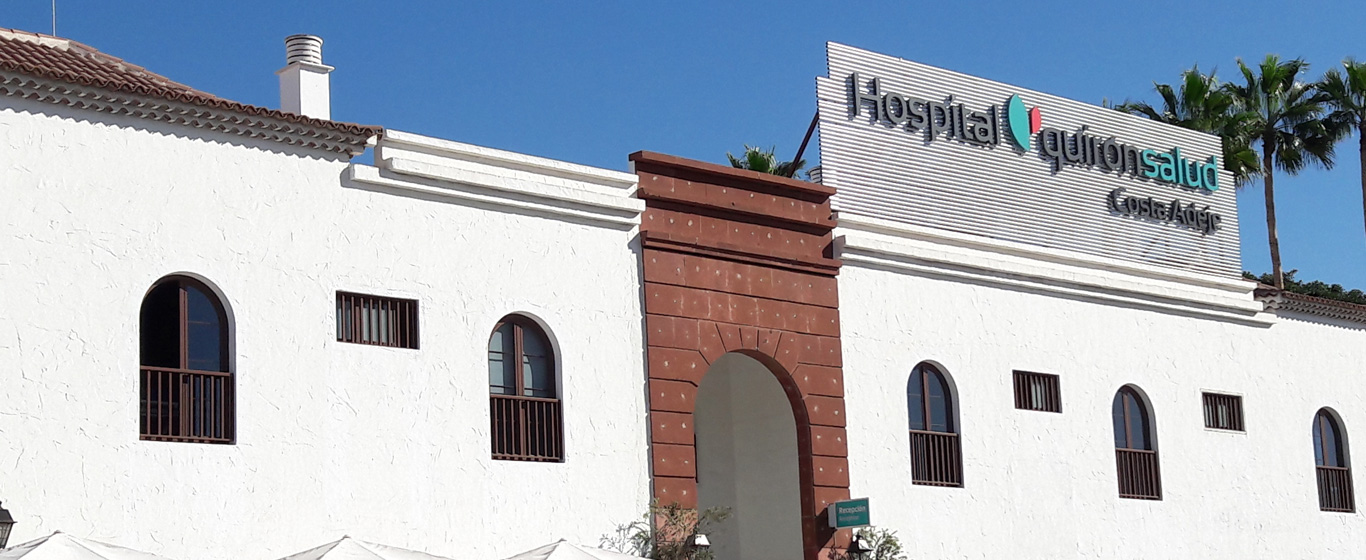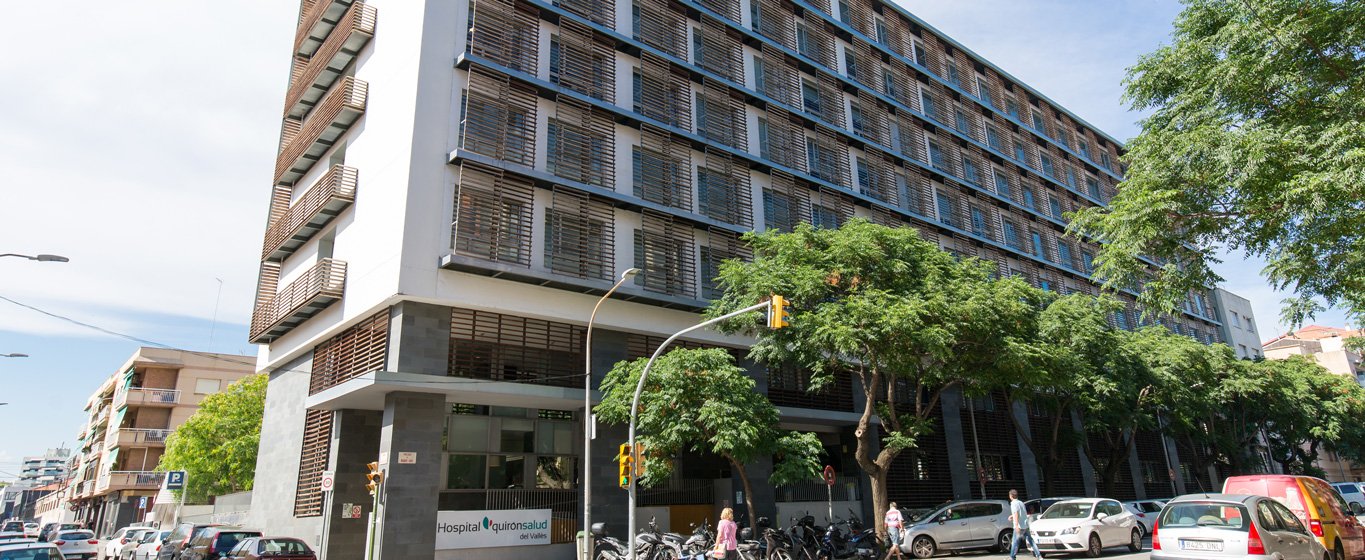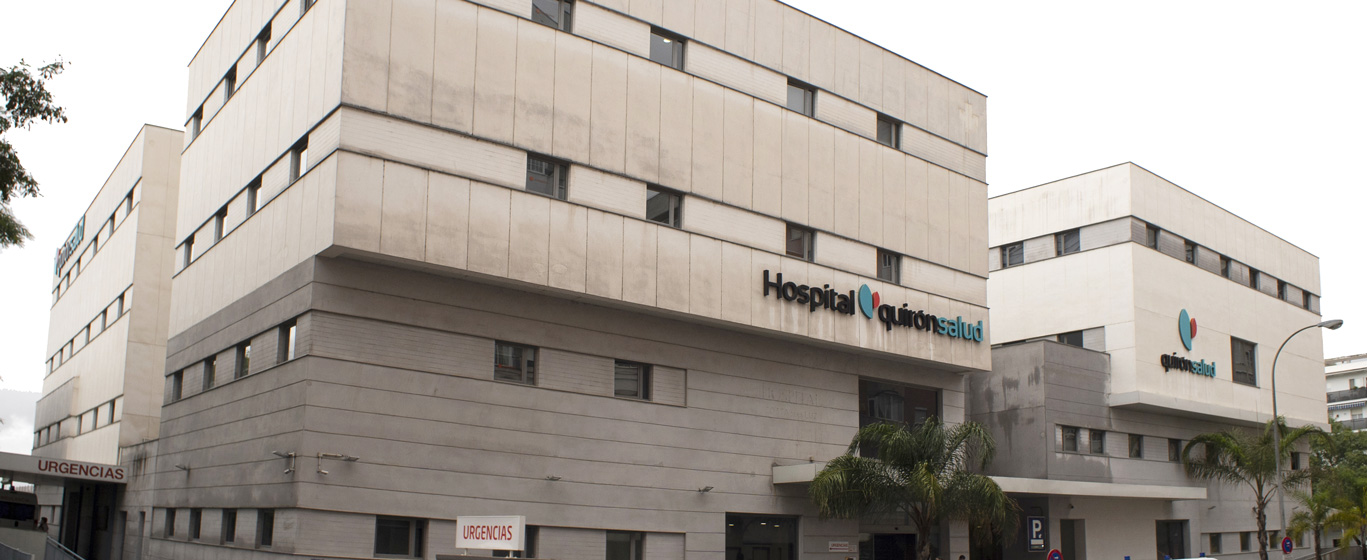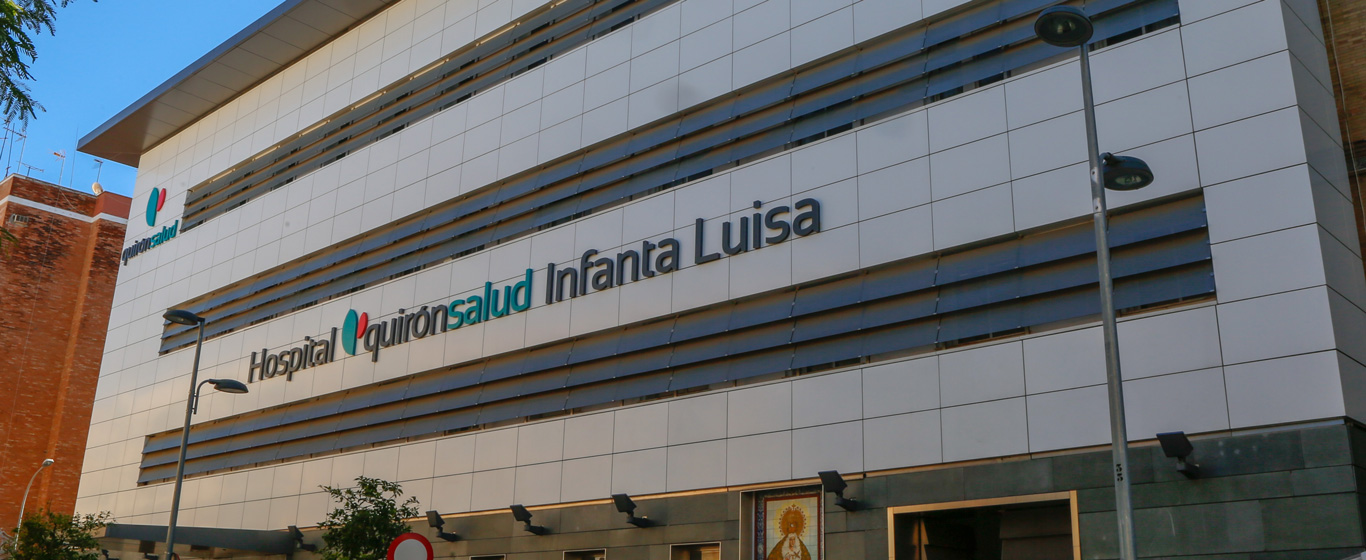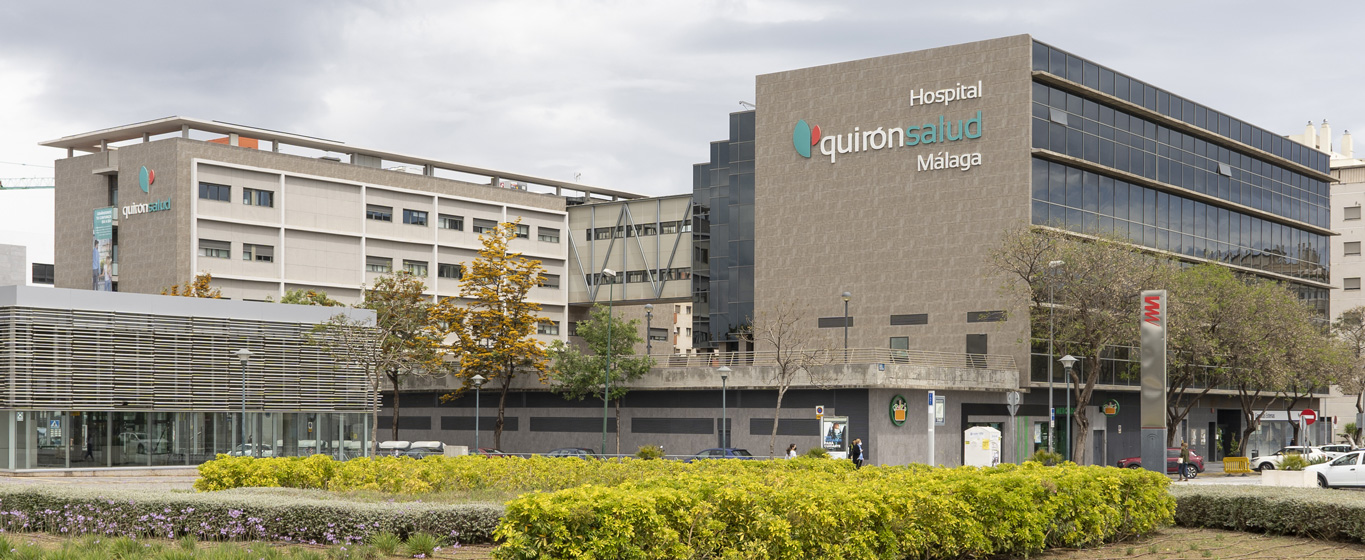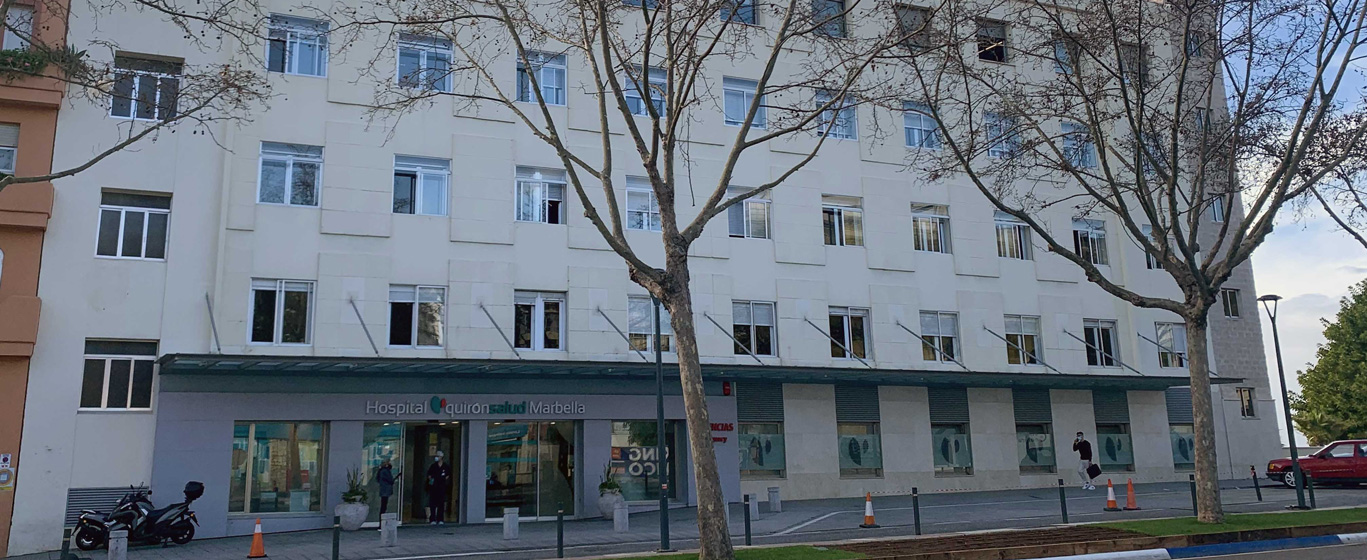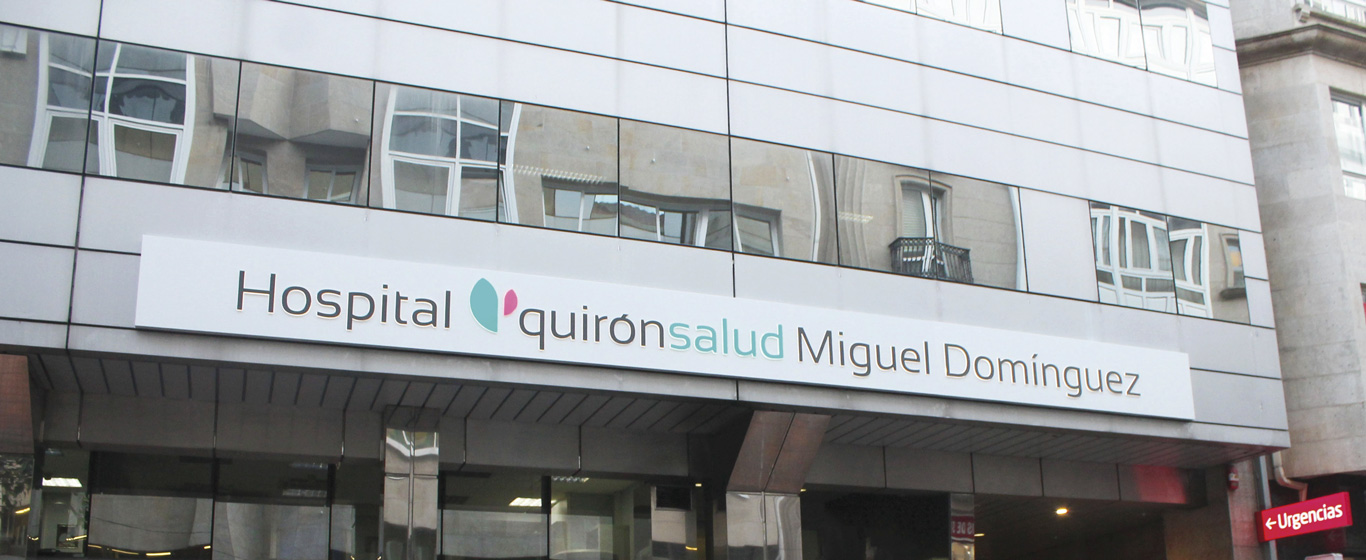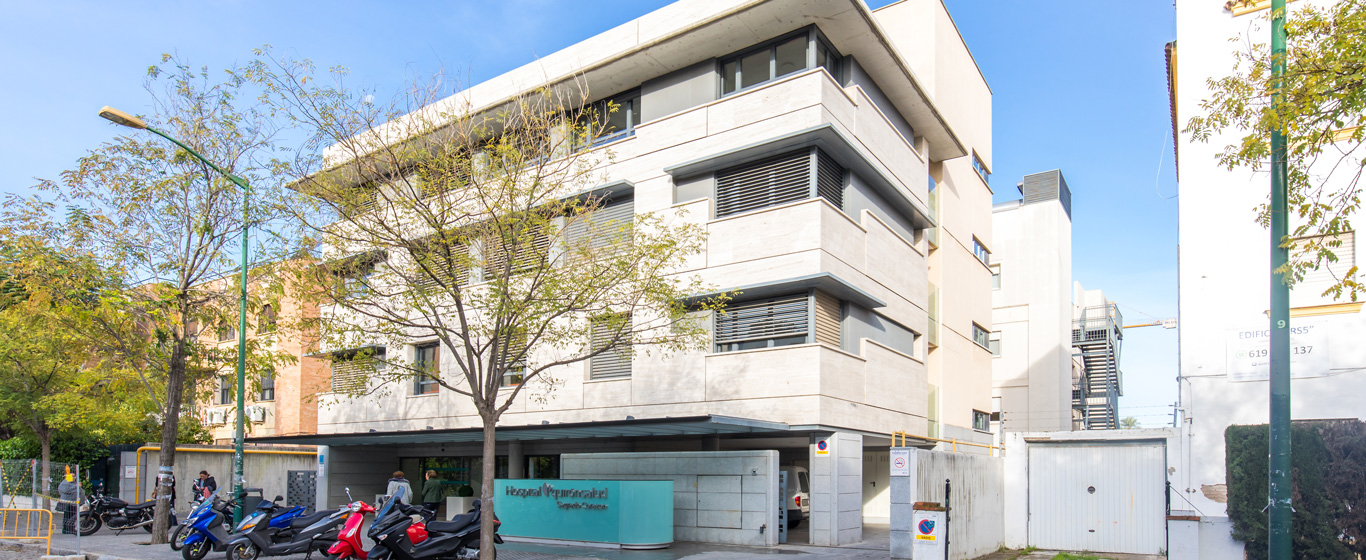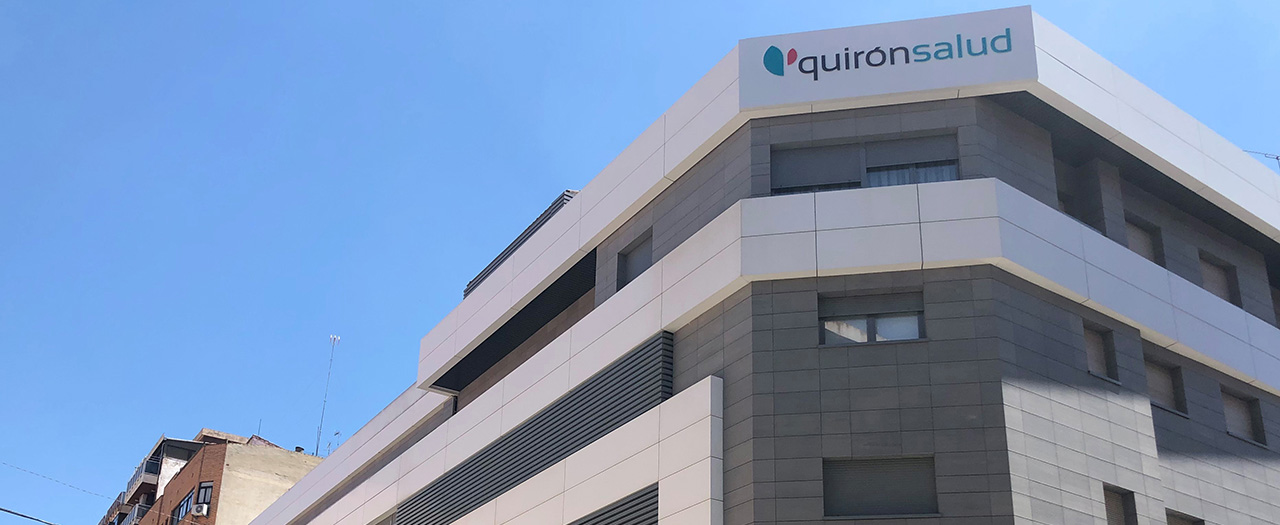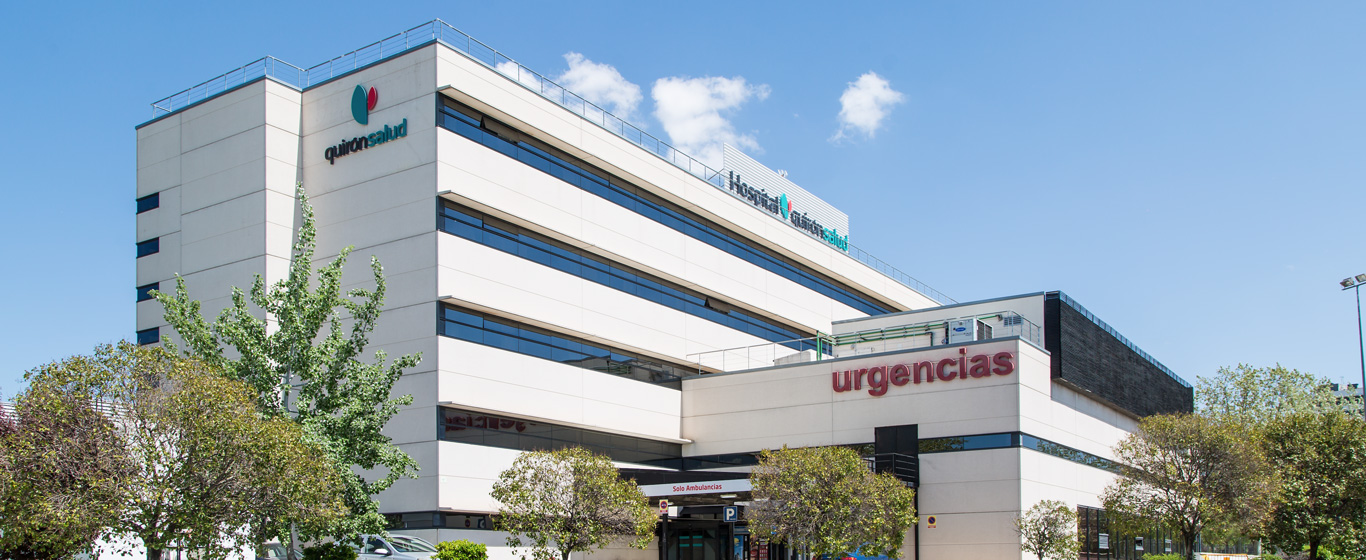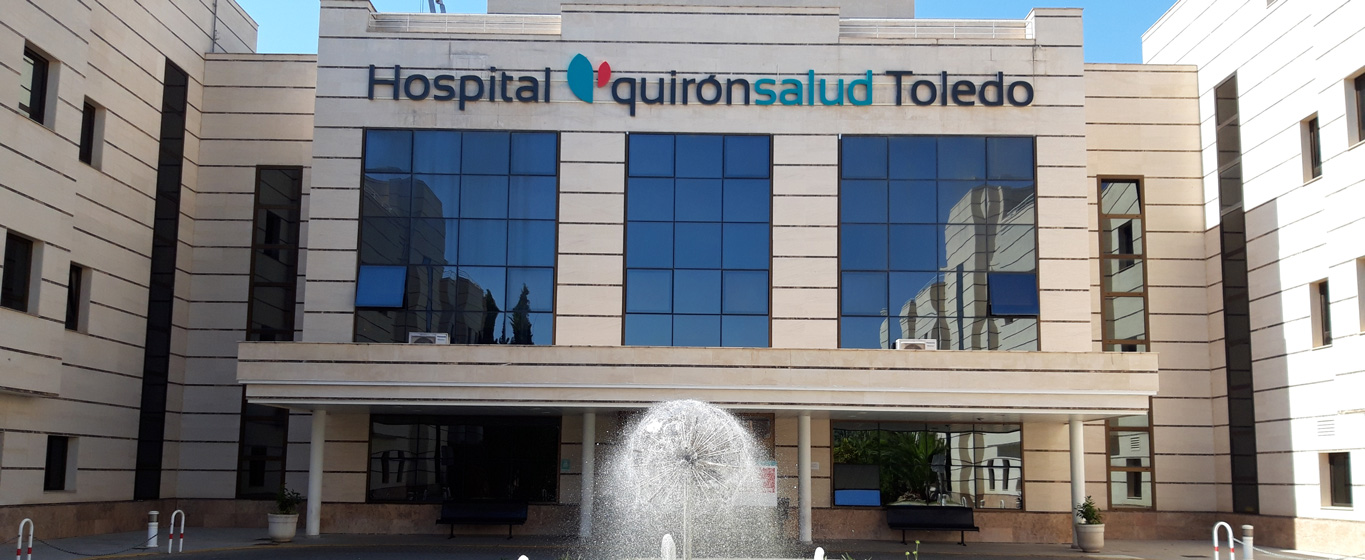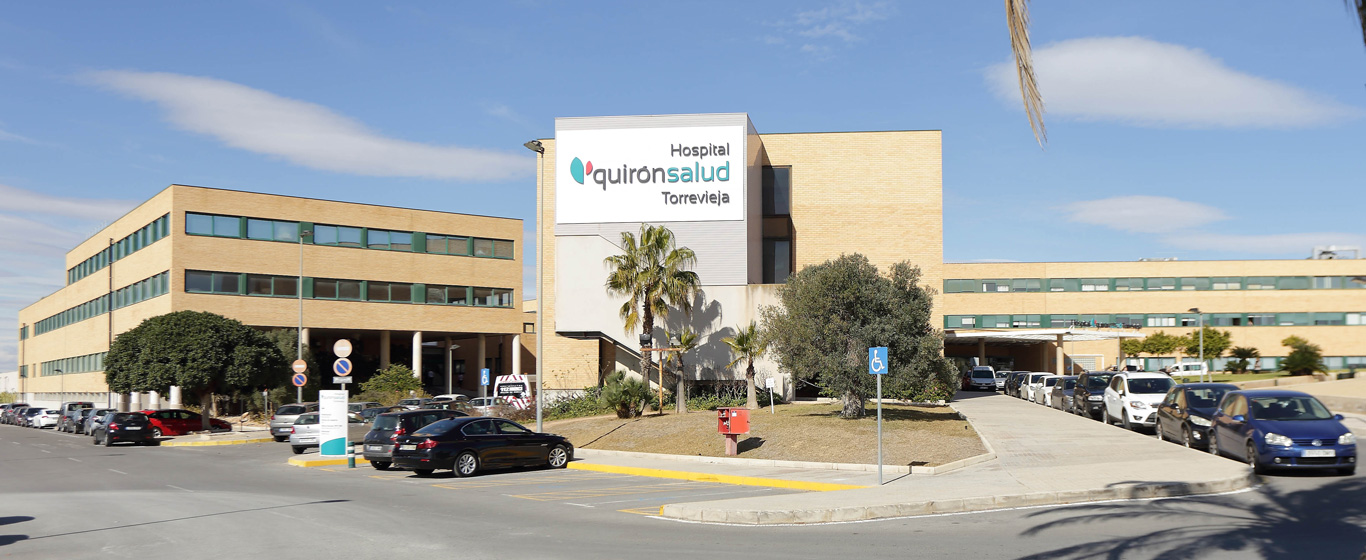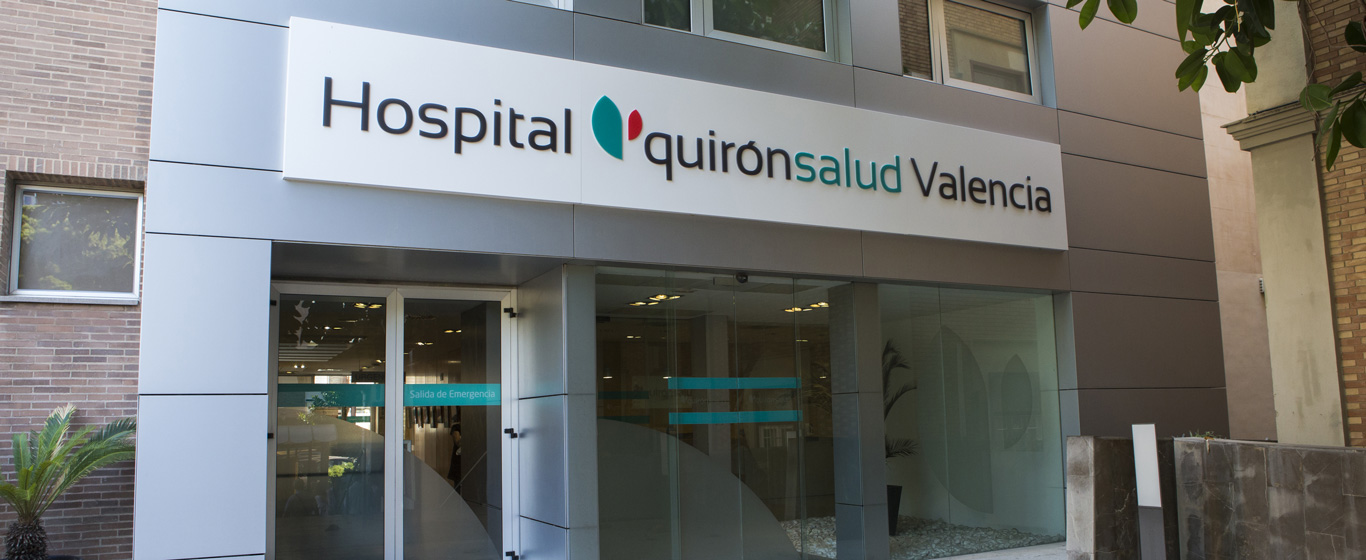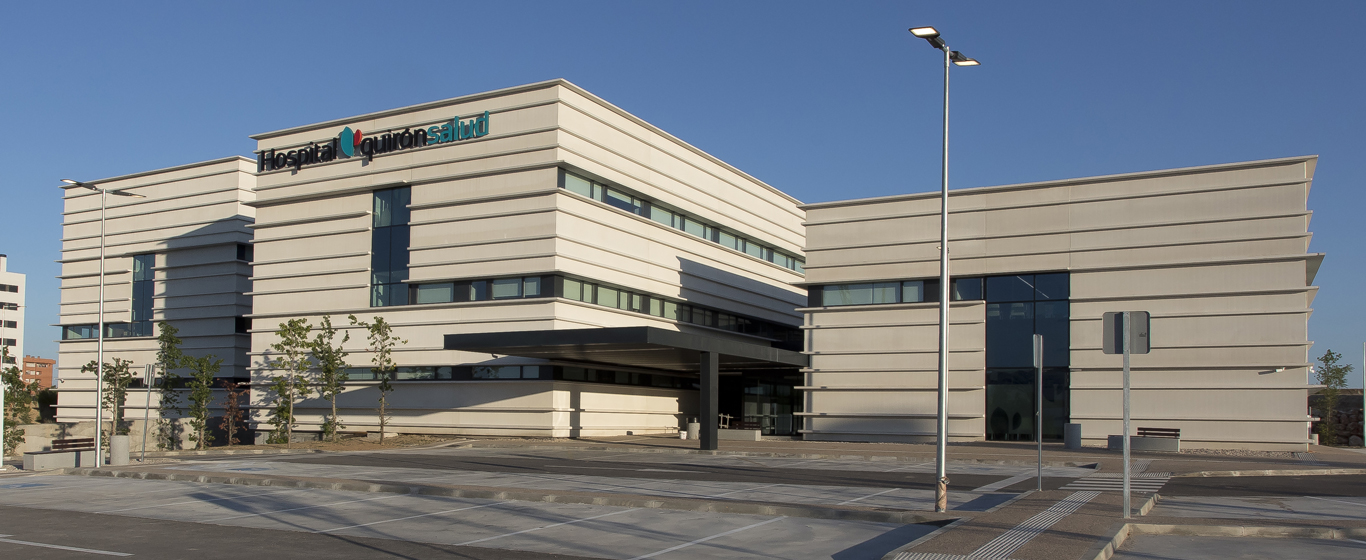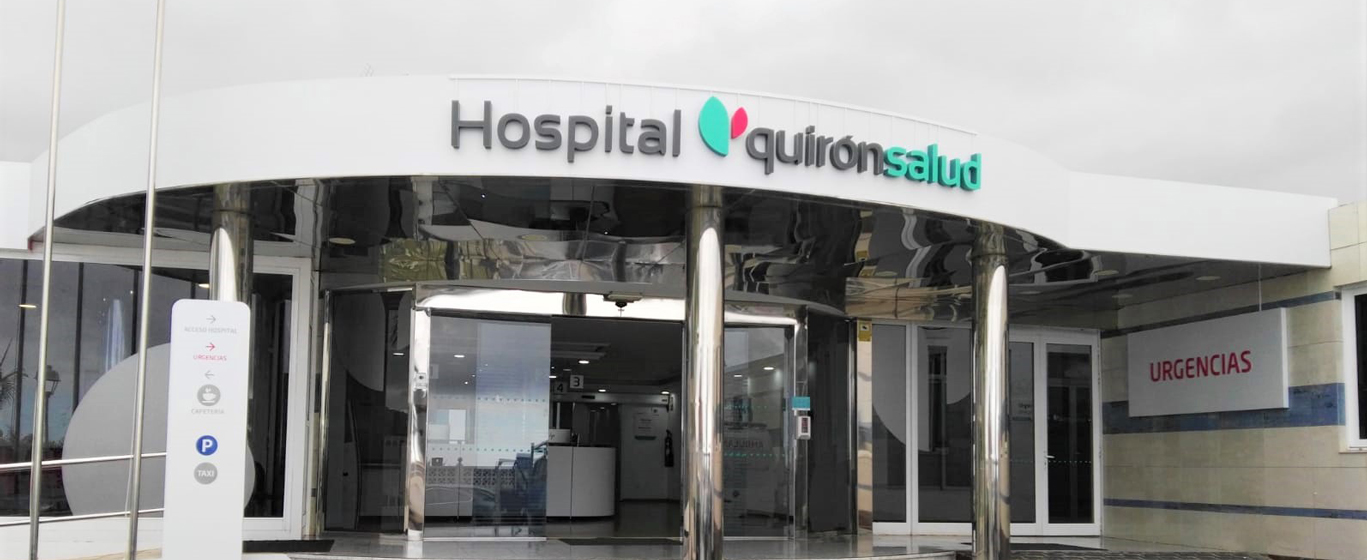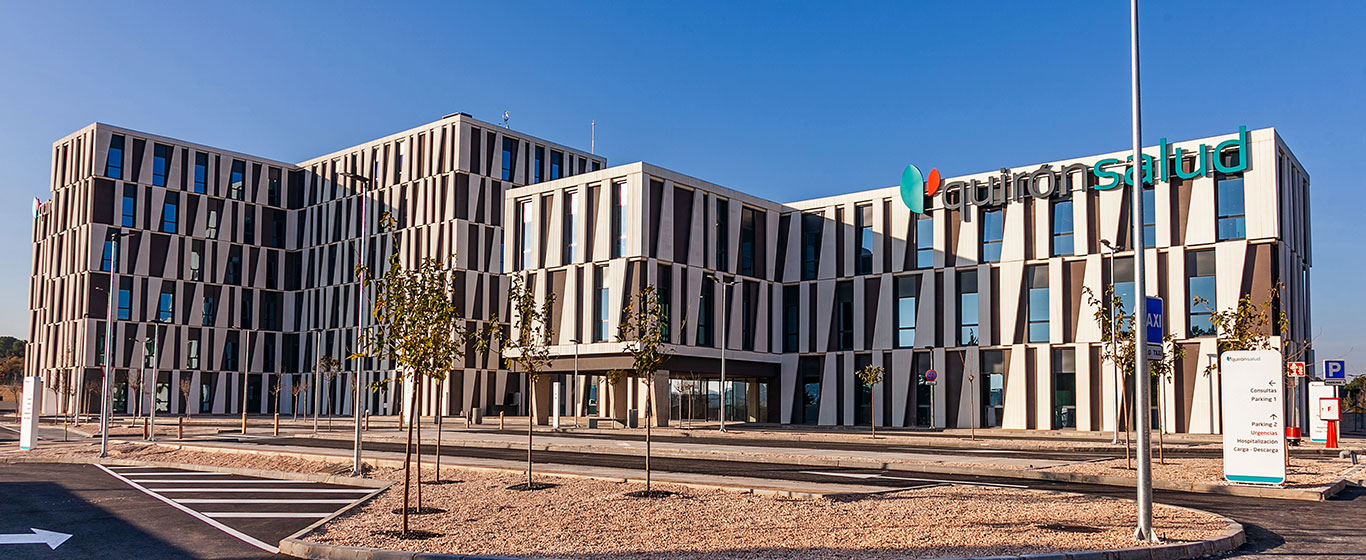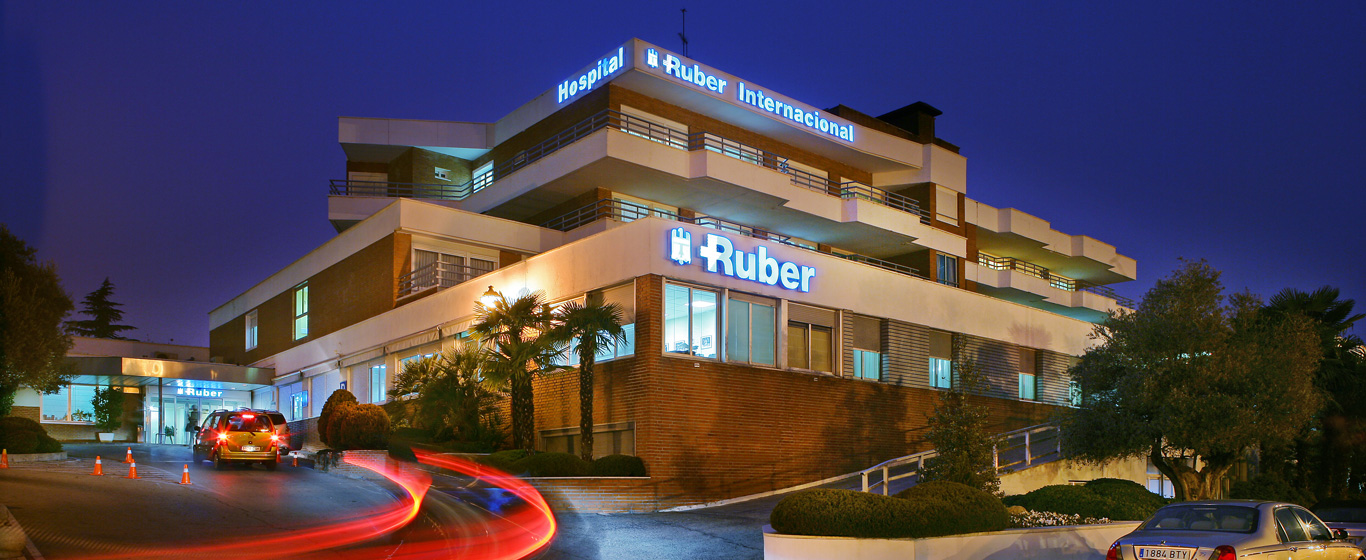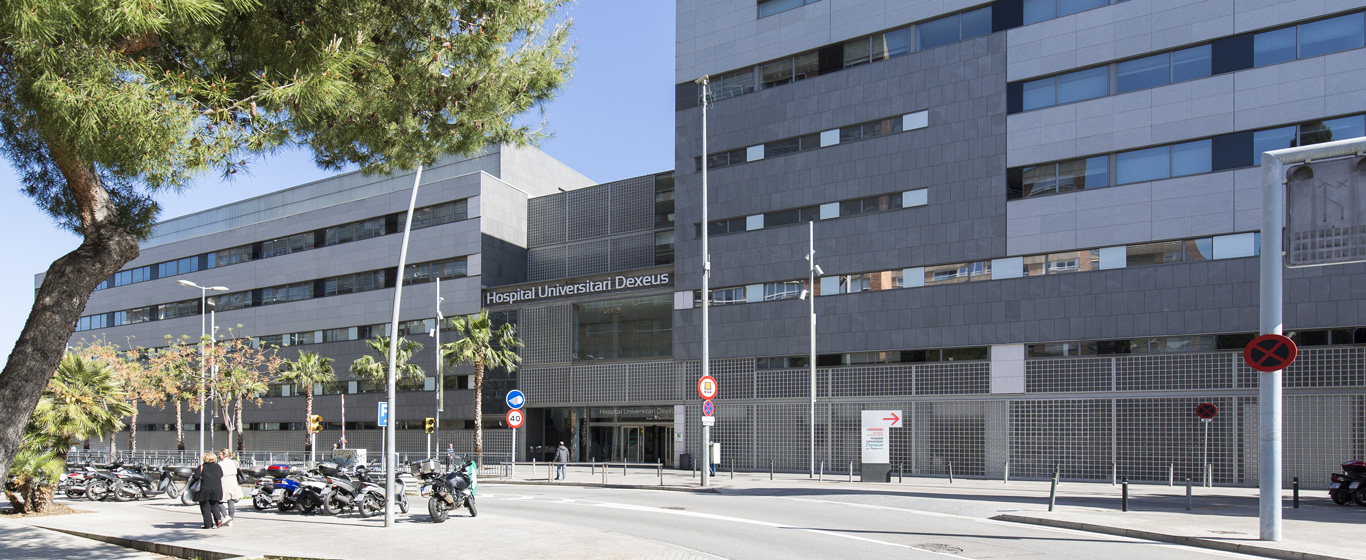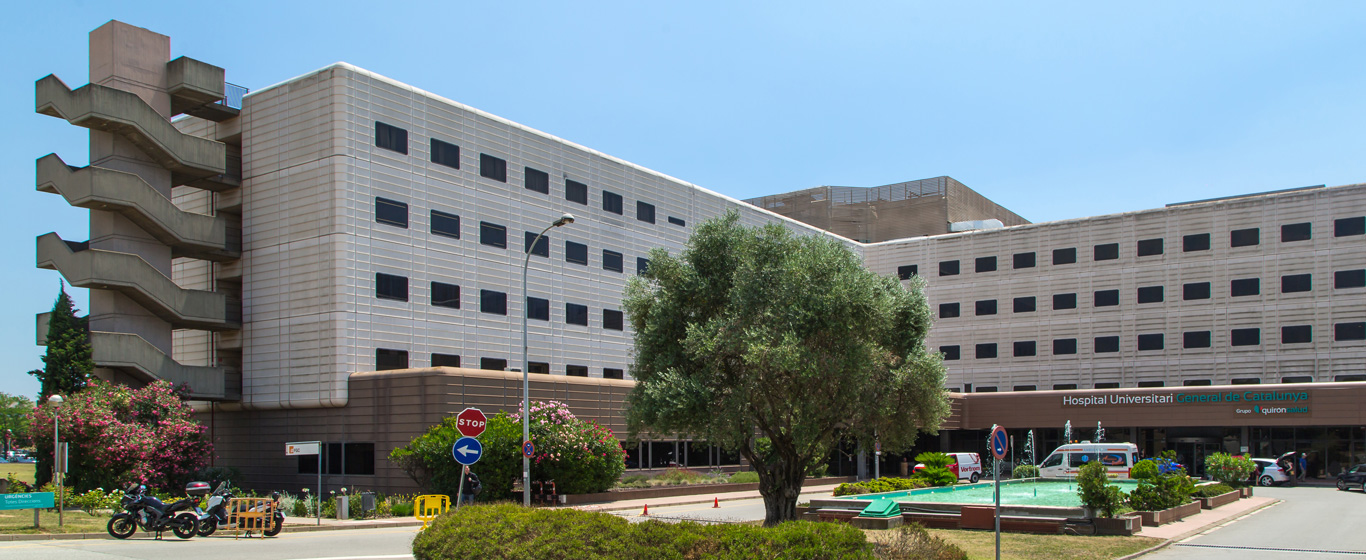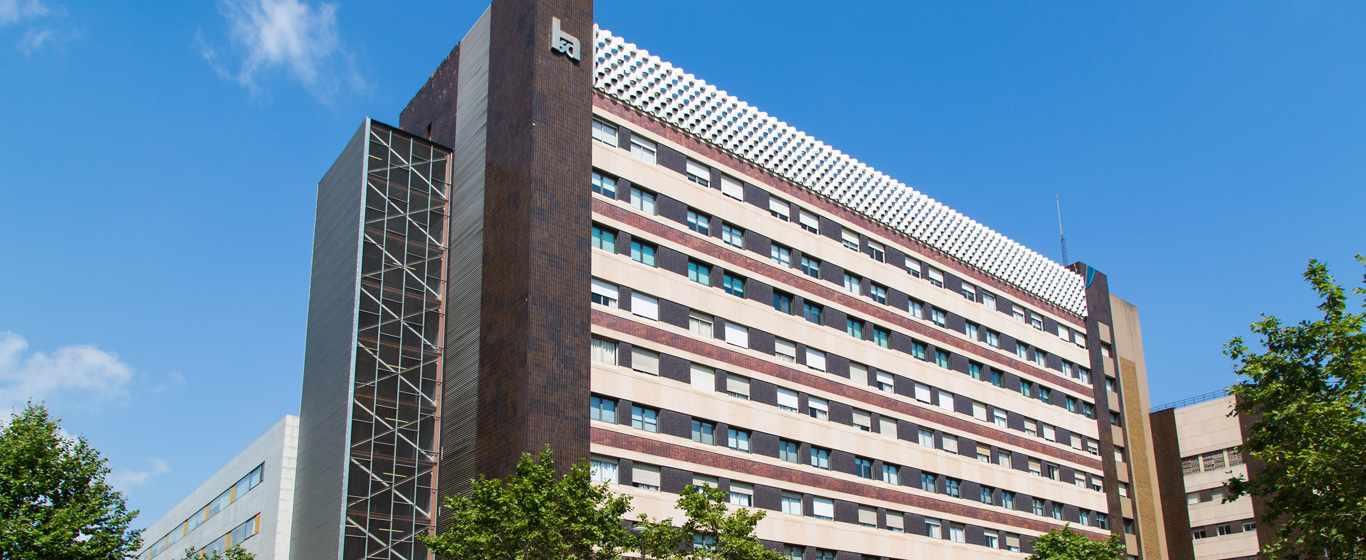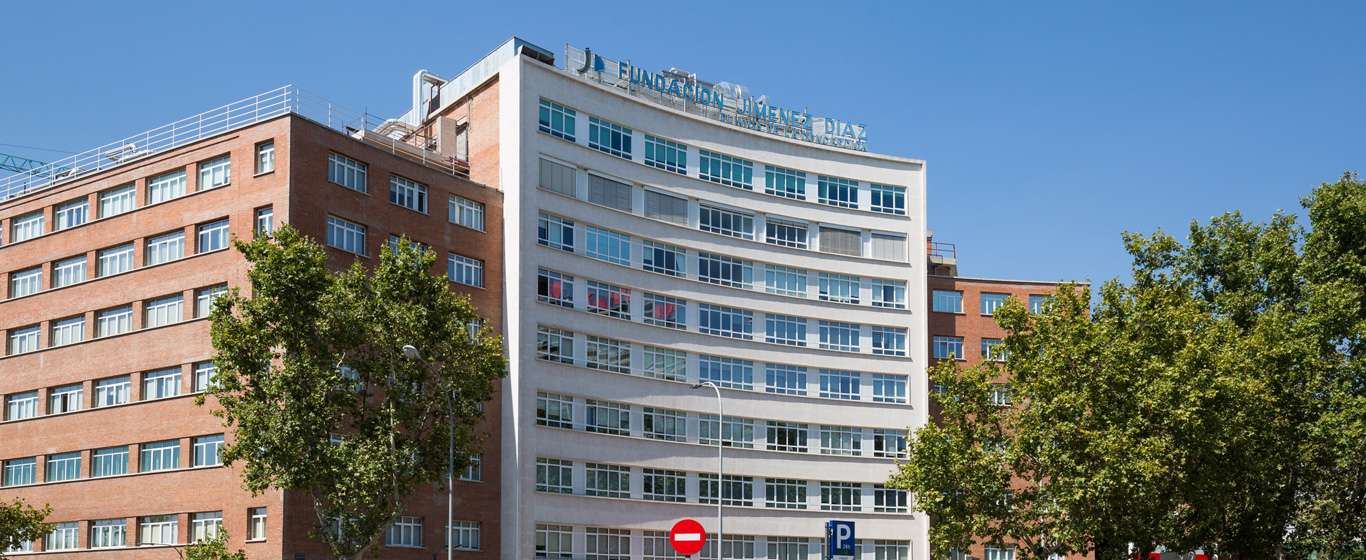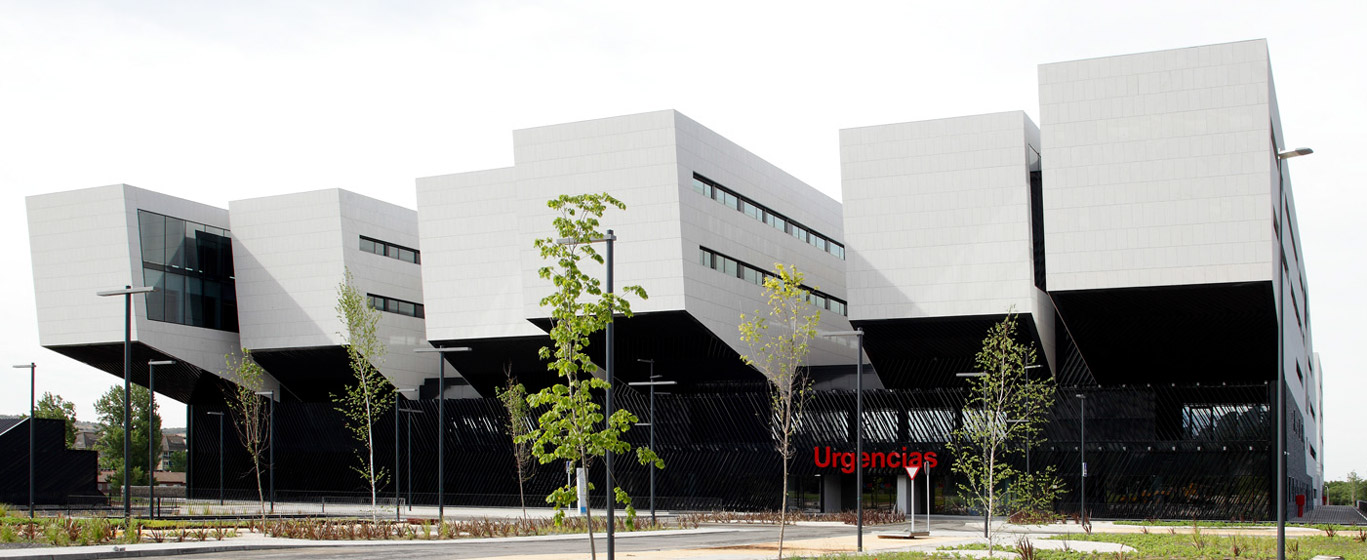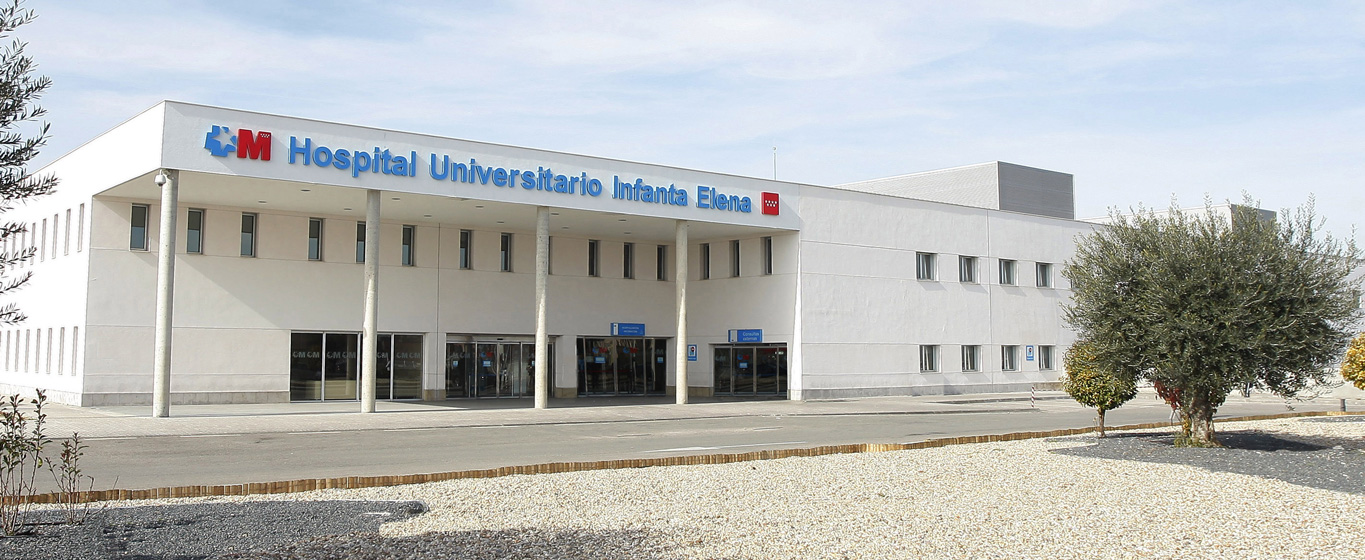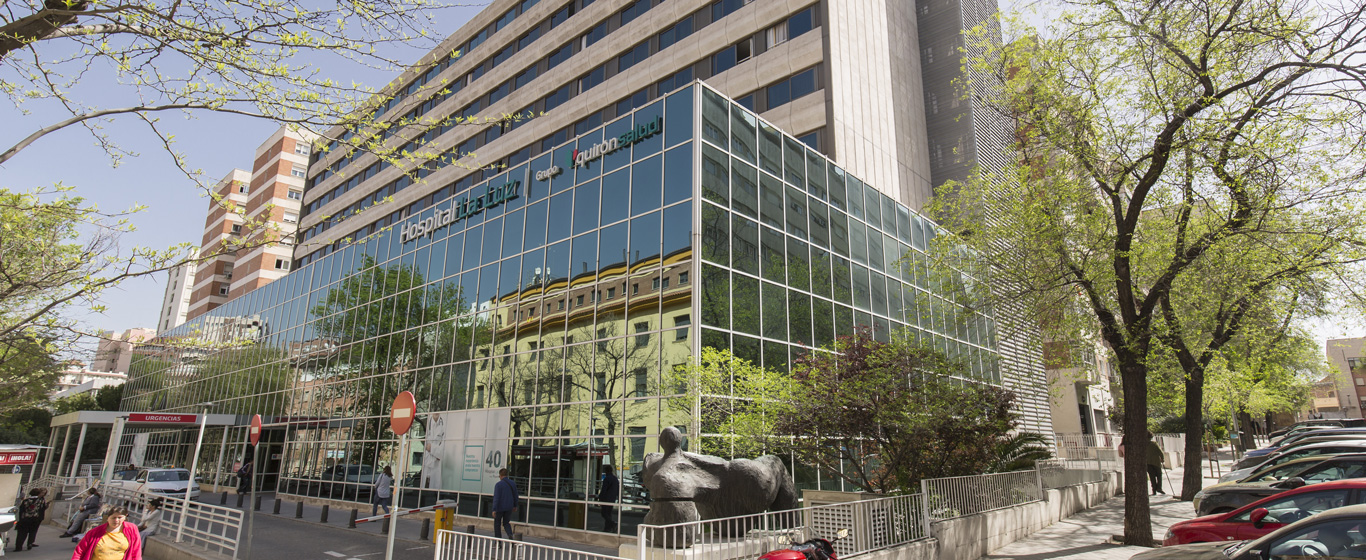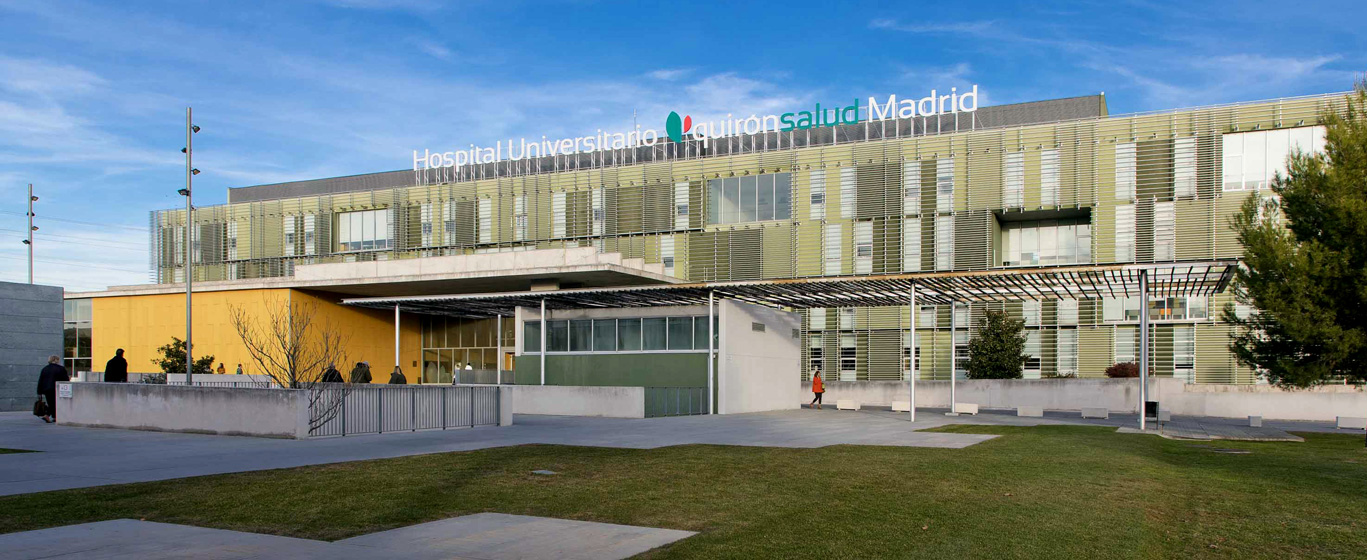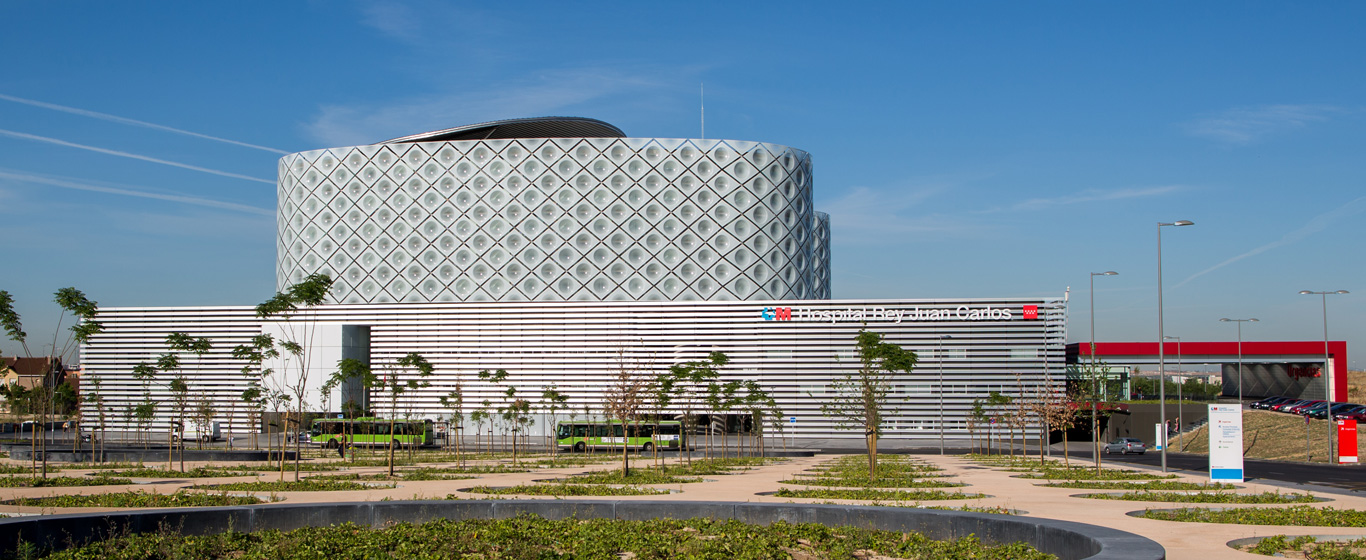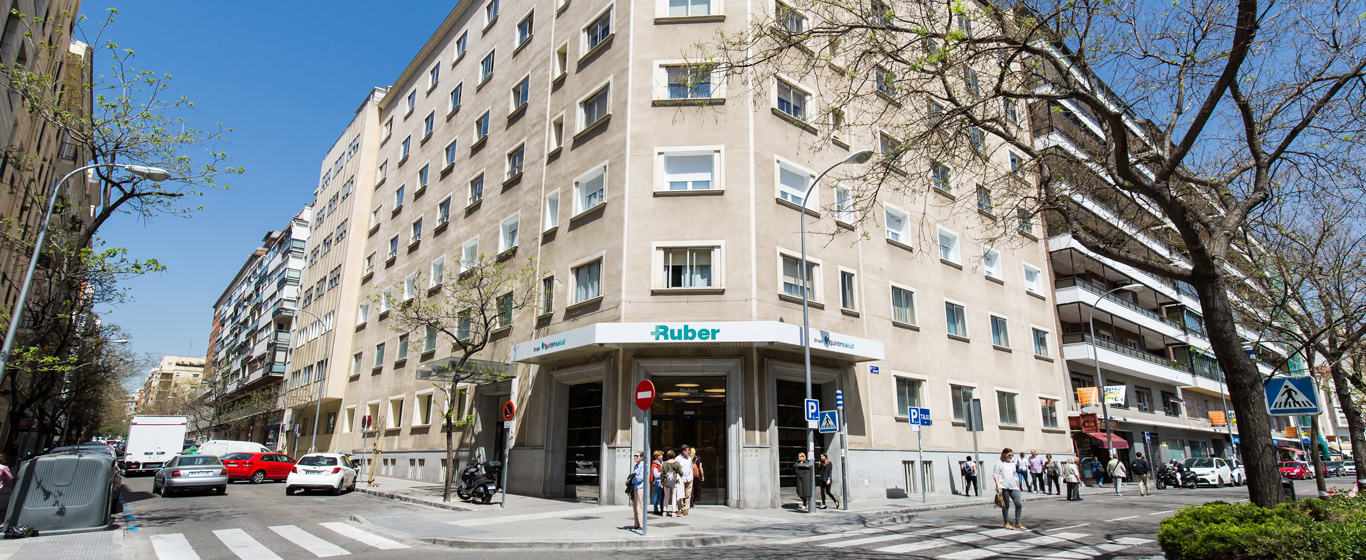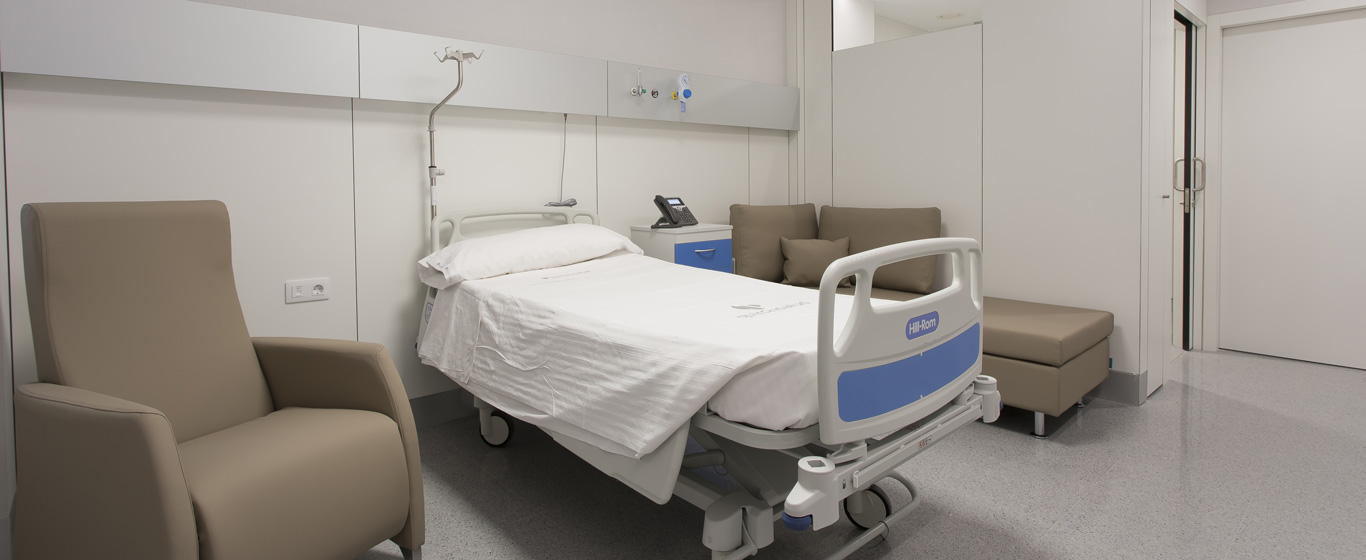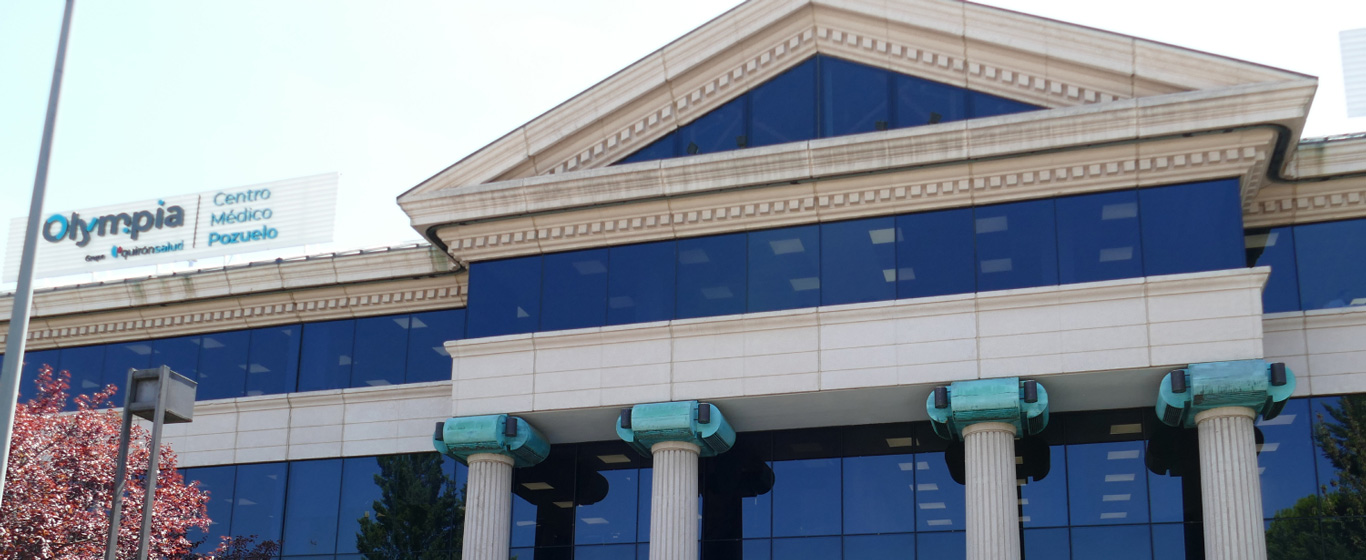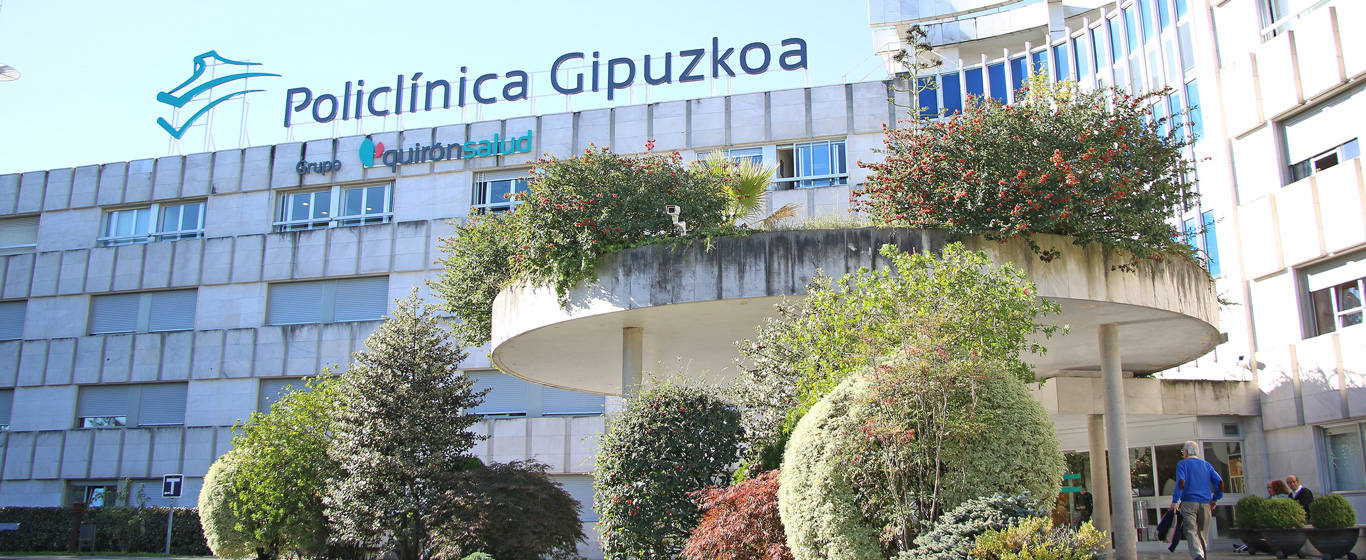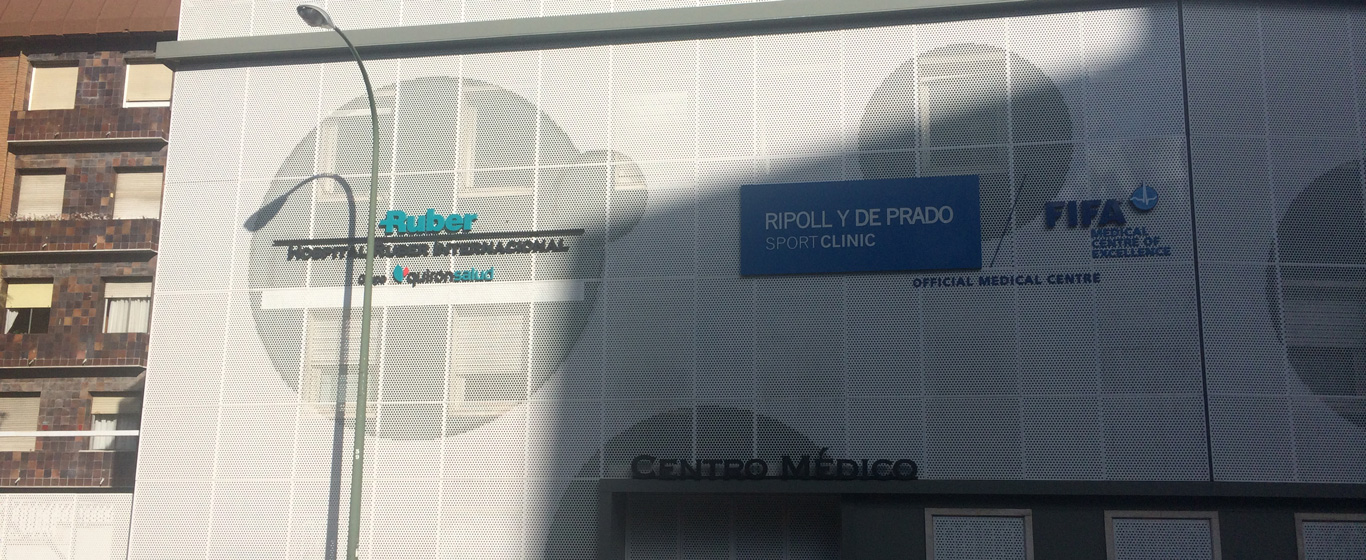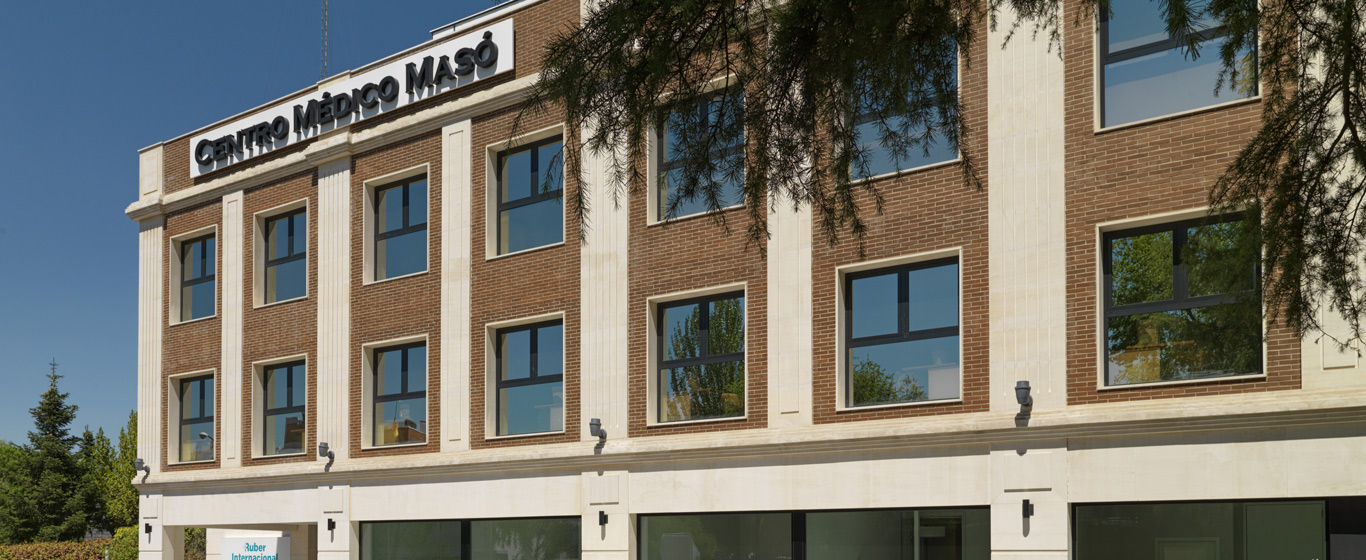Abdominal Computed Tomography
Abdominal CT is a procedure that uses X-rays to visualize internal structures of the abdomen in detail. It is a test that uses electromagnetic radiation with a low health risk.

General Description
Abdominal computed tomography (CT) or abdominal tomography (CT scan) is a medical imaging test that obtains images of the abdominal region of the body, specifically the area located between the thorax and pelvis.
In this procedure, also called abdominal scanning, X-rays are used to generate images of internal structures. Unlike conventional radiographs, CT produces cross-sectional images that, when stacked, create a three-dimensional reconstruction of the anatomy. Although the radiation dose in a CT is higher than in an X-ray, the amount is sufficiently low so as not to pose a significant health risk to patients.
An abdominal CT allows visualization of the following structures:
- Solid organs: liver, spleen, pancreas, kidneys, and adrenal glands.
- Hollow organs: stomach, small intestine, and large intestine.
- Muscles: diaphragm, abdominal wall.
- Blood vessels: abdominal aorta, inferior vena cava, celiac trunk (left gastric artery, common hepatic artery, splenic artery), renal arteries, mesenteric arteries, gonadal arteries, and iliac artery.
- Soft tissues: peritoneum, adipose tissue, and nerves.
- Bones.
Besides being a diagnostic tool, abdominal CT aids in surgical planning and monitoring treatment progress.
Indications
Abdominal CT is indicated in the following clinical scenarios:
- Abdominal pain or inflammation.
- Hematuria (blood in urine).
- Evaluation of inflammatory bowel diseases.
- Follow-up of colon or small bowel pathologies.
- Symptoms suggestive of infections in the abdominal region.
- Suspicion or evaluation of malignant tumors.
Common conditions diagnosed or assessed with abdominal CT include:
- Appendicitis.
- Renal calculi (kidney stones).
- Liver disease.
- Pancreatitis.
- Cholelithiasis.
- Crohn’s disease.
- Renal infection.
- Abdominal wall thickening.
- Renal artery stenosis.
- Abscesses.
- Cancer.
Abdominal CT is contraindicated in pregnant or breastfeeding women. Contrast administration is contraindicated in patients with iodine allergy, thyroid disorders, or renal and cardiac diseases. Since radiation affects pediatric patients more significantly, alternative imaging modalities are often preferred in pediatric studies.
Procedure
Abdominal CT is performed in radiology departments and follows these steps:
- The patient lies supine on a table that slides into a tubular X-ray machine.
- X-ray beams pass through the body, and tissues absorb the radiation to varying degrees depending on their characteristics.
- The gantry rotates around the patient to capture images from multiple angles.
- The table moves incrementally to cover the entire abdomen.
- The radiation exiting the body is detected and processed by a computer to generate two-dimensional images of each slice (between 1 and 10 millimeters thick).
- All slices are superimposed to create a three-dimensional representation.
When higher detail is required, a contrast agent (usually iodine-, barium-, or gadolinium-based) is administered. Certain tissues absorb the contrast more intensely, appearing brighter on images.
Risks
CT uses ionizing radiation, which can be harmful in high doses. However, the doses used in abdominal CT are very low and generally safe when done sporadically:
- Abdominal CT without contrast: approximately 7.7 millisieverts, equivalent to about 2.6 years of natural background radiation.
- Abdominal CT repeated with and without contrast: approximately 15.4 millisieverts, equivalent to 5.1 years of natural background radiation.
Frequent abdominal CT scans increase the lifetime risk of developing cancer.
Rarely, allergic reactions to contrast media occur, typically presenting as itching or rash.
What To Expect During An Abdominal CT
Before the CT scan, the patient signs informed consent, changes into a hospital gown, and removes all metallic objects (including jewelry, hearing aids, dentures, and some types of makeup).
The patient lies on the table, which slides into the scanner. Slight movements forward and backward are normal and usually not uncomfortable. Soft noises from the machine can be heard during the exam.
After completion of the non-contrast CT scan, contrast is injected intravenously, commonly via a vein in the arm. This may cause transient tachycardia and a sensation of warmth in the neck, chest, and genital areas. Oral contrast (for stomach and intestines) may cause a metallic taste. Rectal contrast (enema) may cause an urgent need to evacuate, which usually passes quickly.
During the procedure, technologists leave the room to avoid radiation exposure but continuously monitor the patient through a window and communicate via microphone.
An abdominal CT lasts between 10 and 30 minutes. Remaining as still as possible is essential to avoid image blurring.
After the procedure, no special rest or precautions are required, and normal activities can be resumed.
Specialties Requesting Abdominal CT
Radiologists perform abdominal CT scans upon request from specialists in internal medicine, endocrinology, infectious diseasesInfectious diseasesInfectious Diseases , oncology, intensive care medicine, urology, general surgery, and gastroenterology.
How to prepare
As instructed by the specialist, treatments containing metals such as barium, iodine, or bismuth should be suspended days prior to the abdominal CT. Additionally, fasting is required on the day of the exam, especially if contrast will be used.
Patients should wear easily removable clothing and avoid metallic objects, as access to the radiology room with metal is prohibited.




